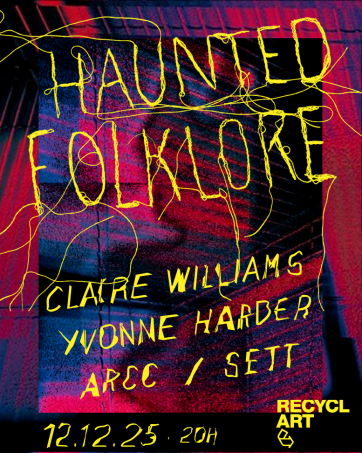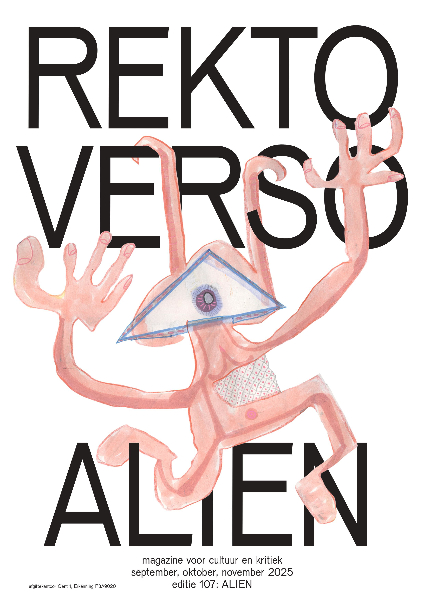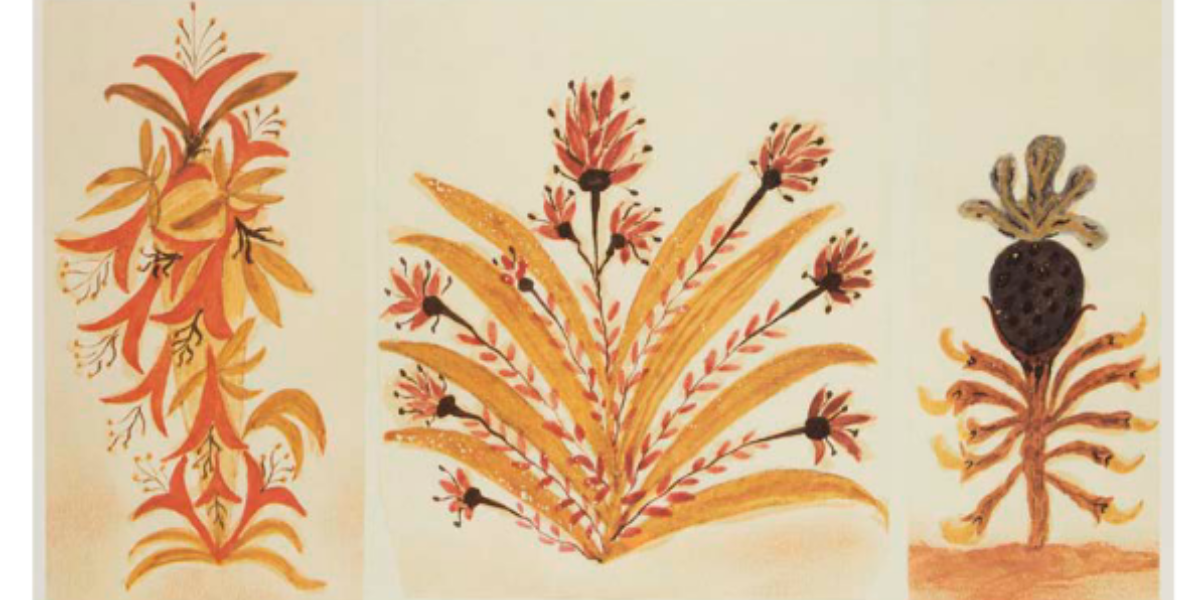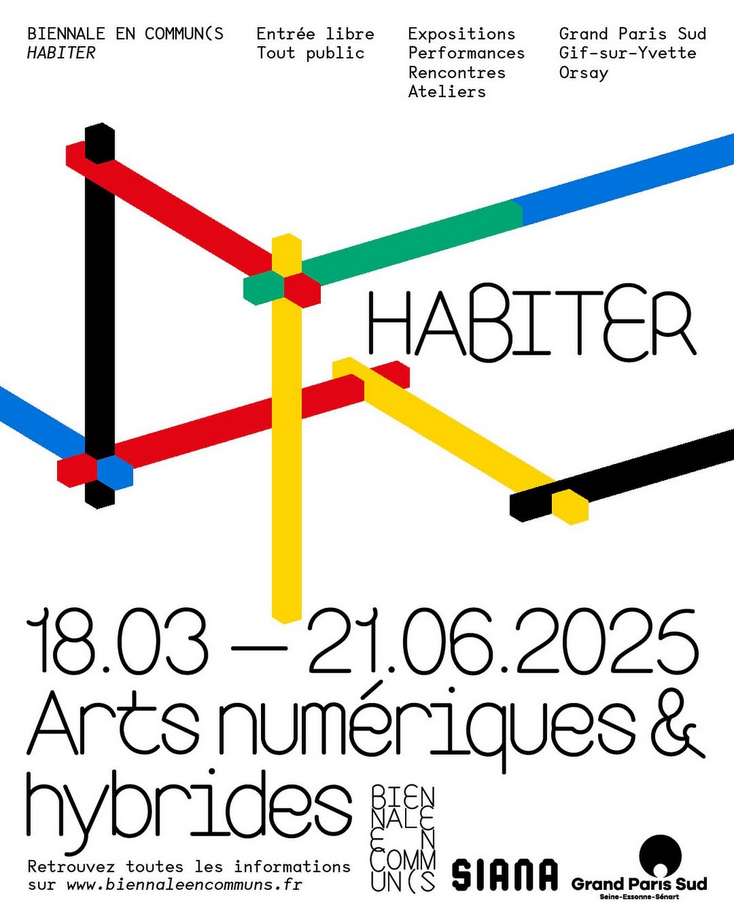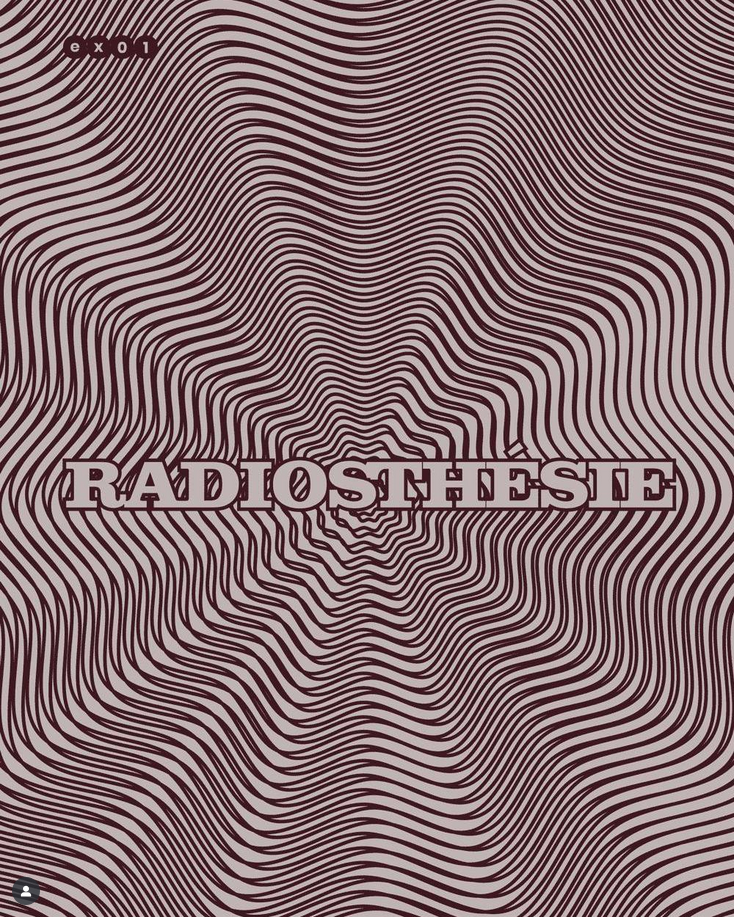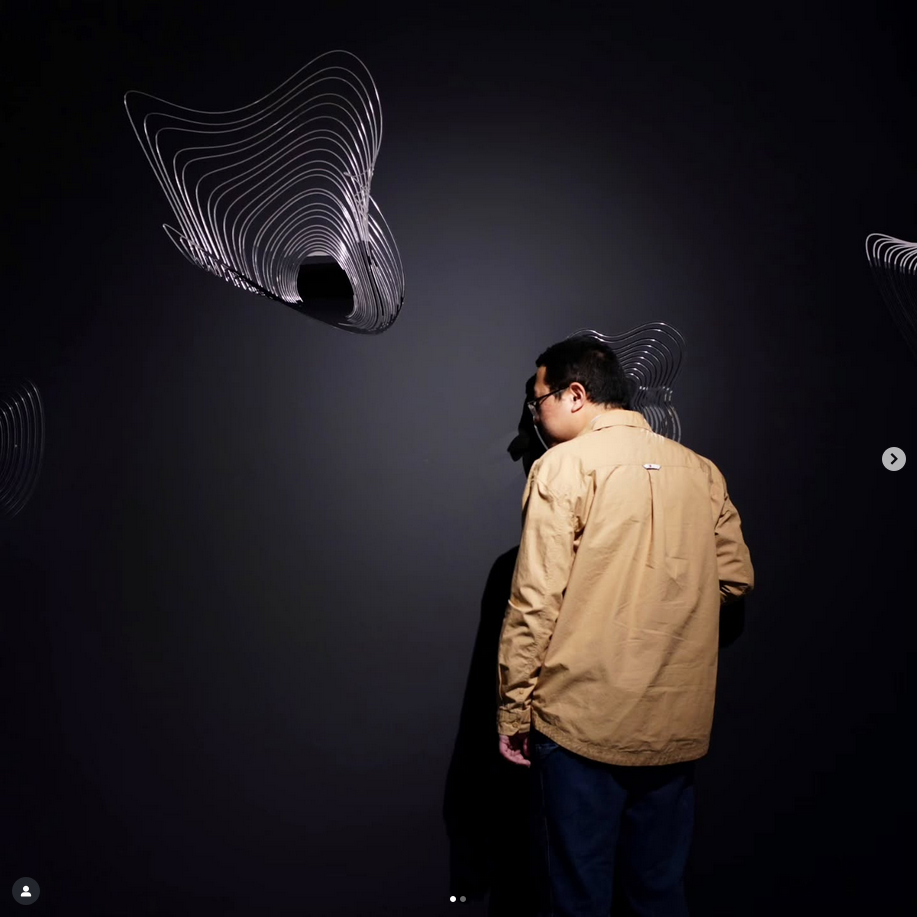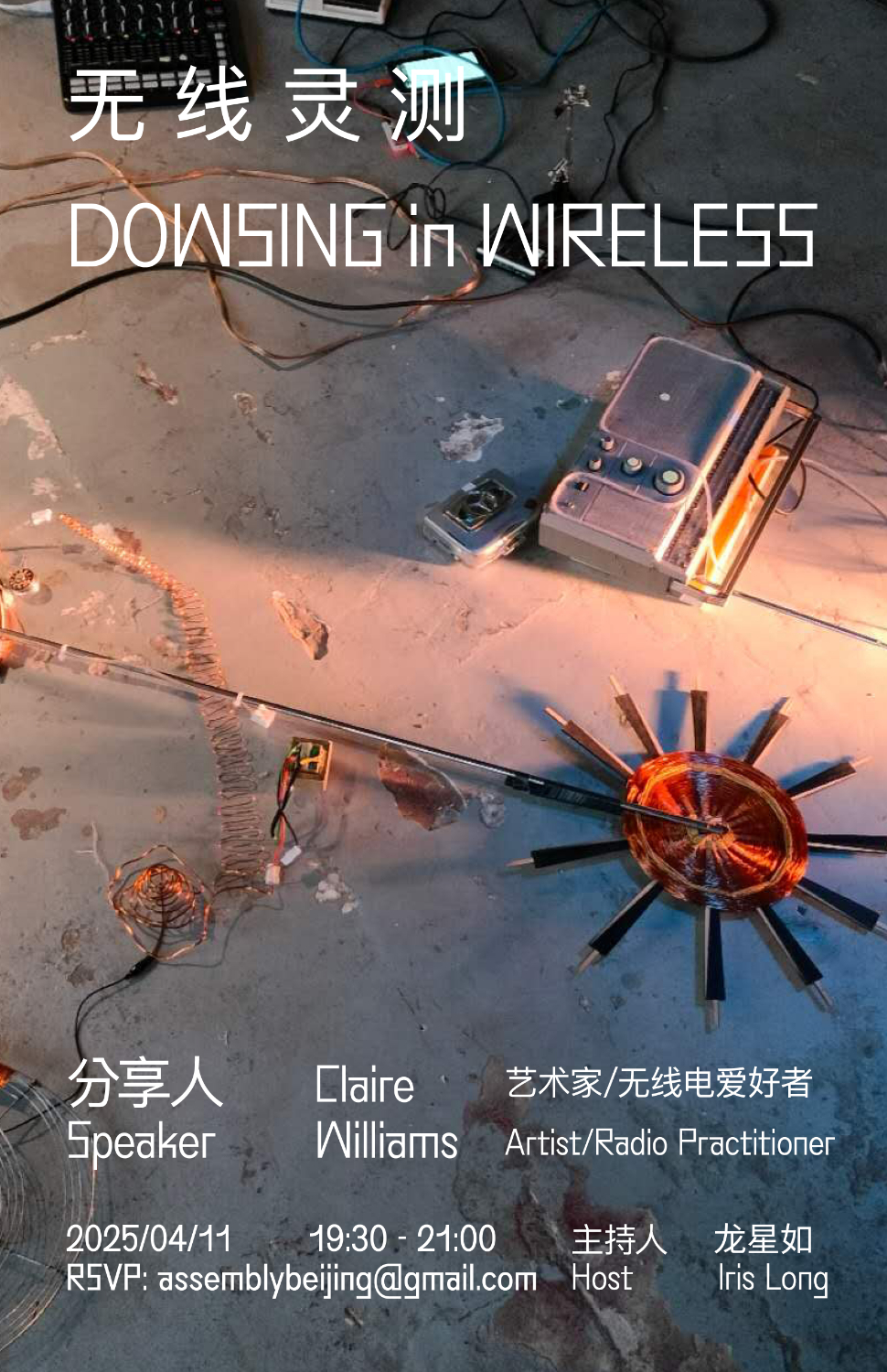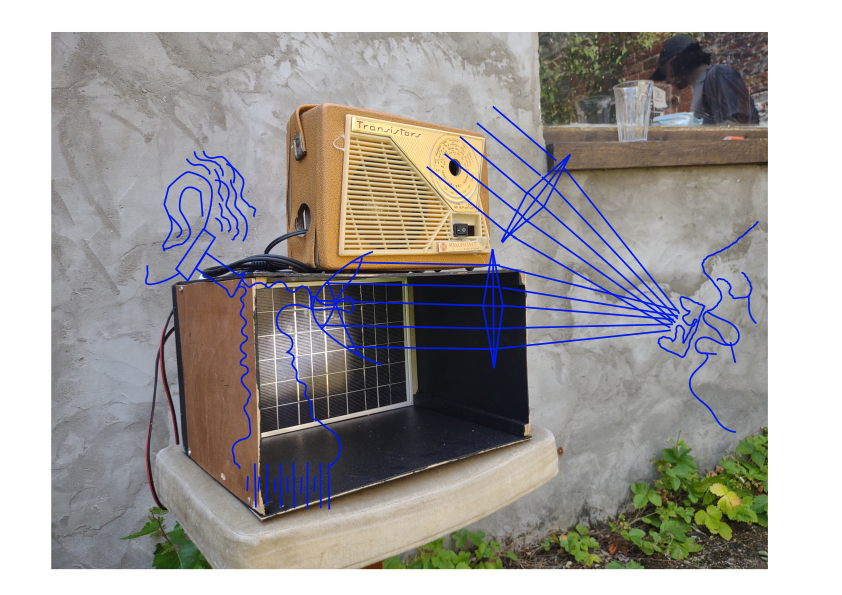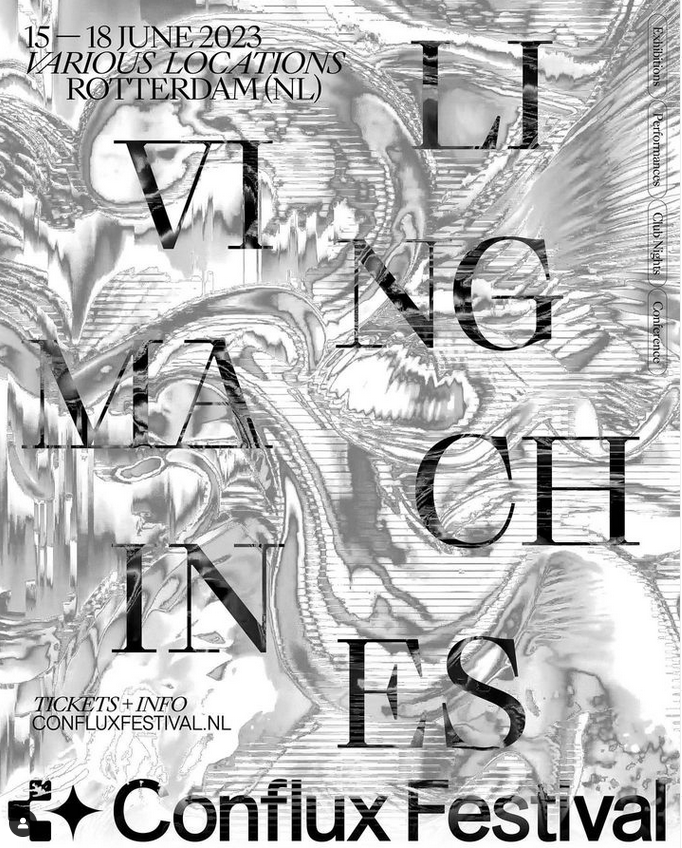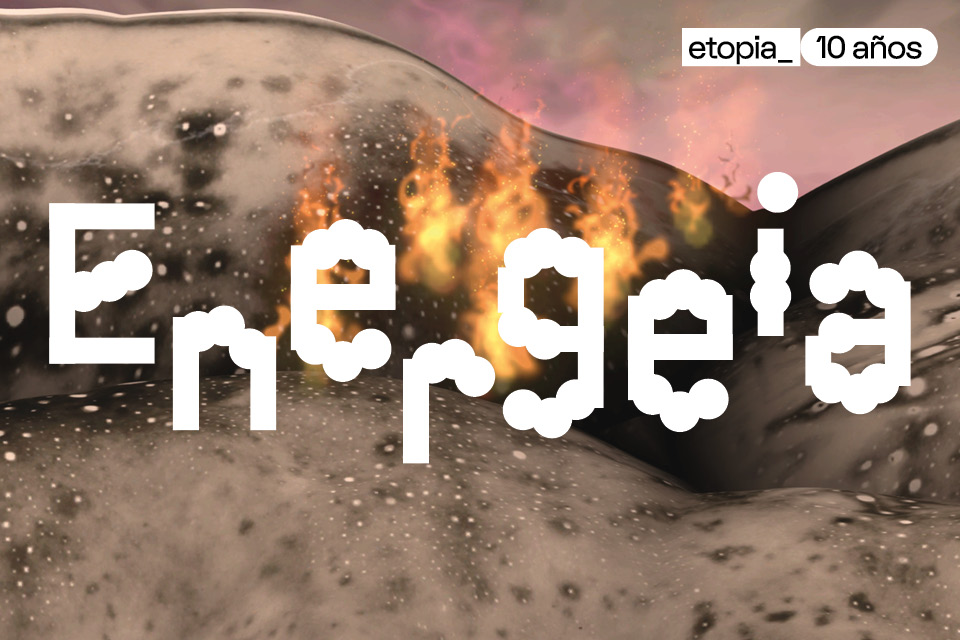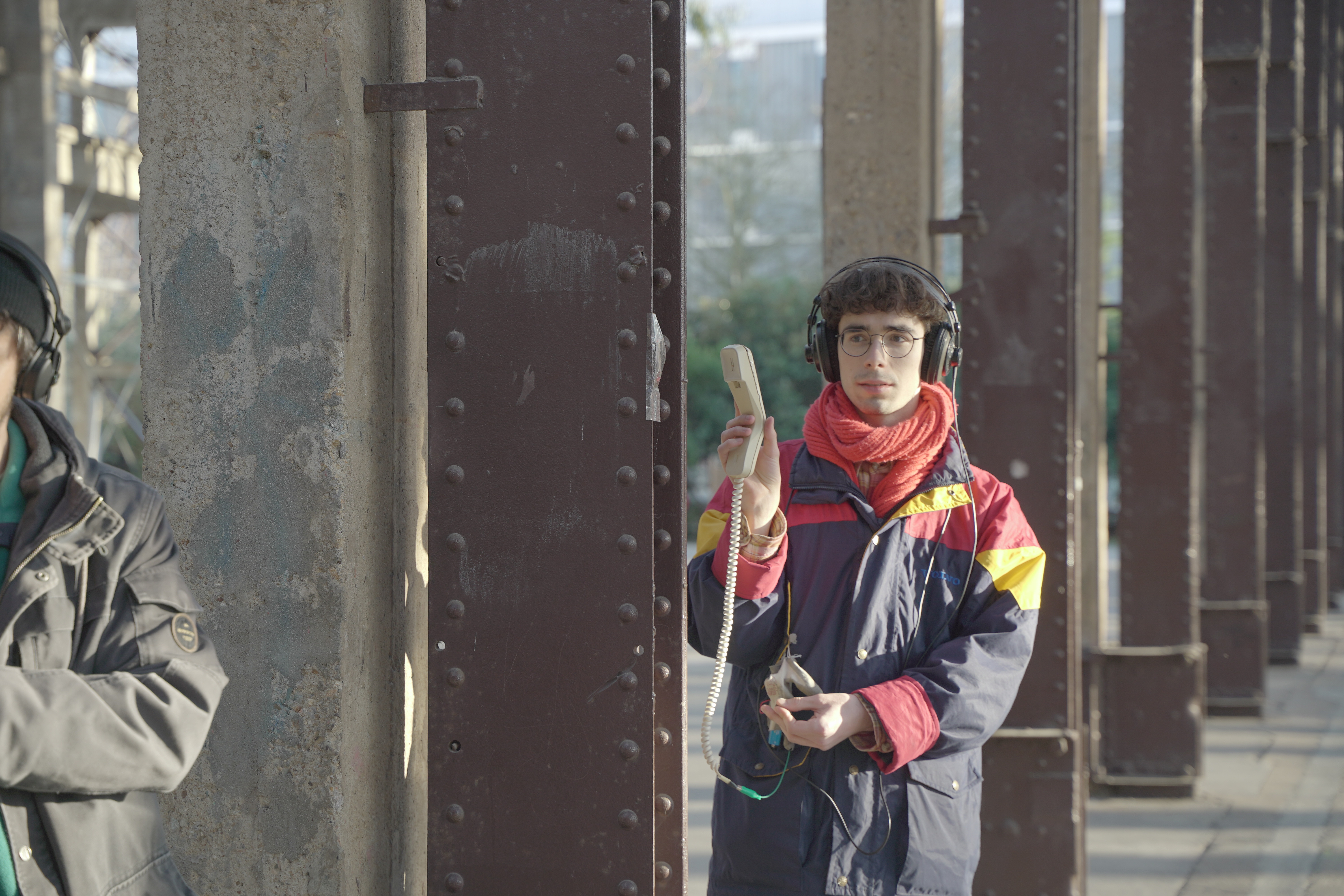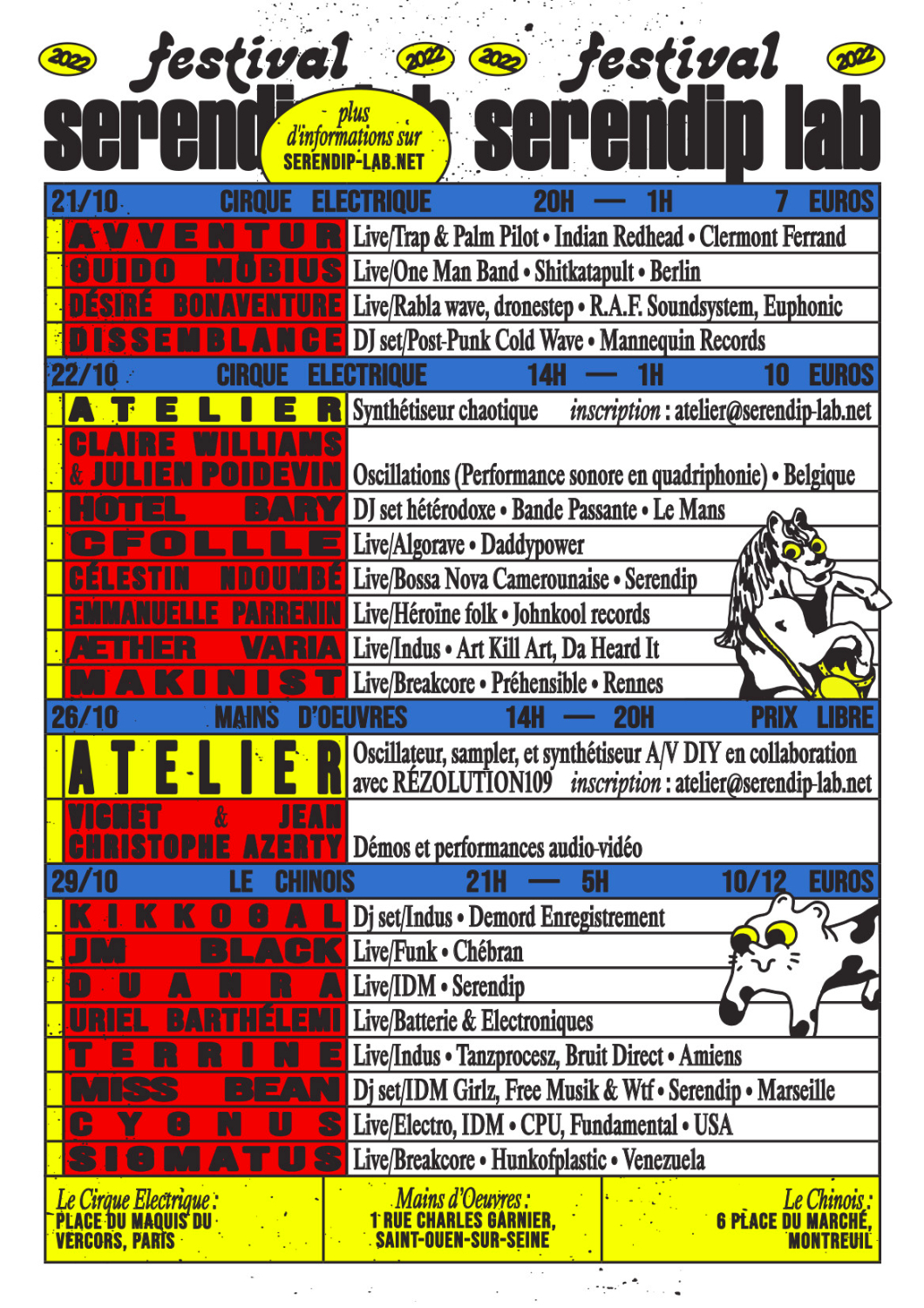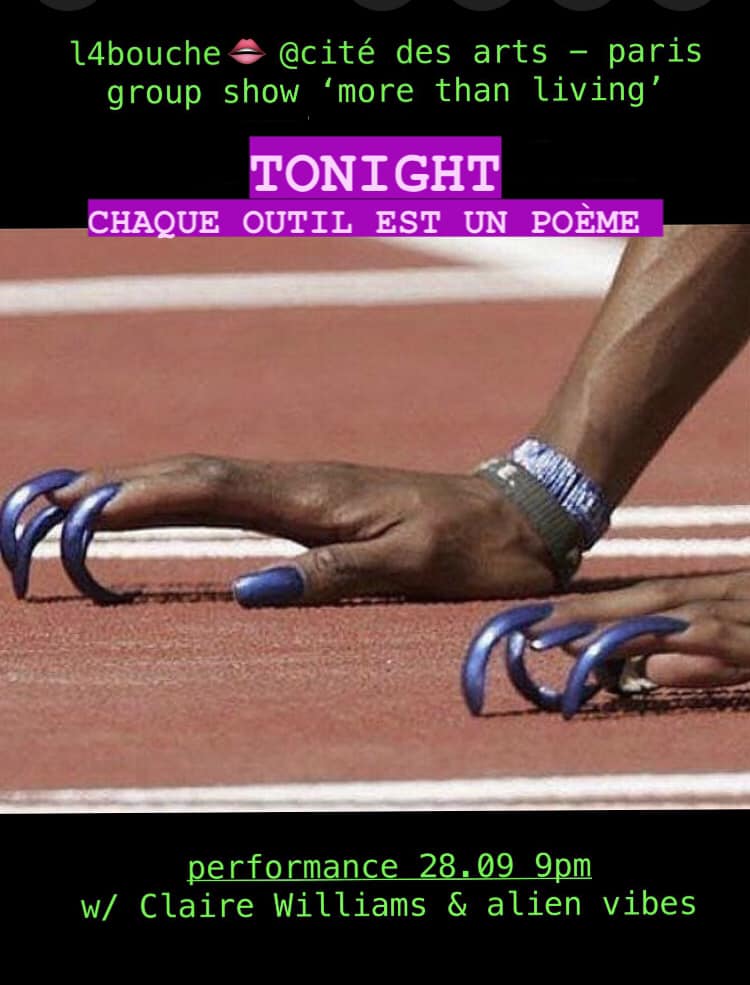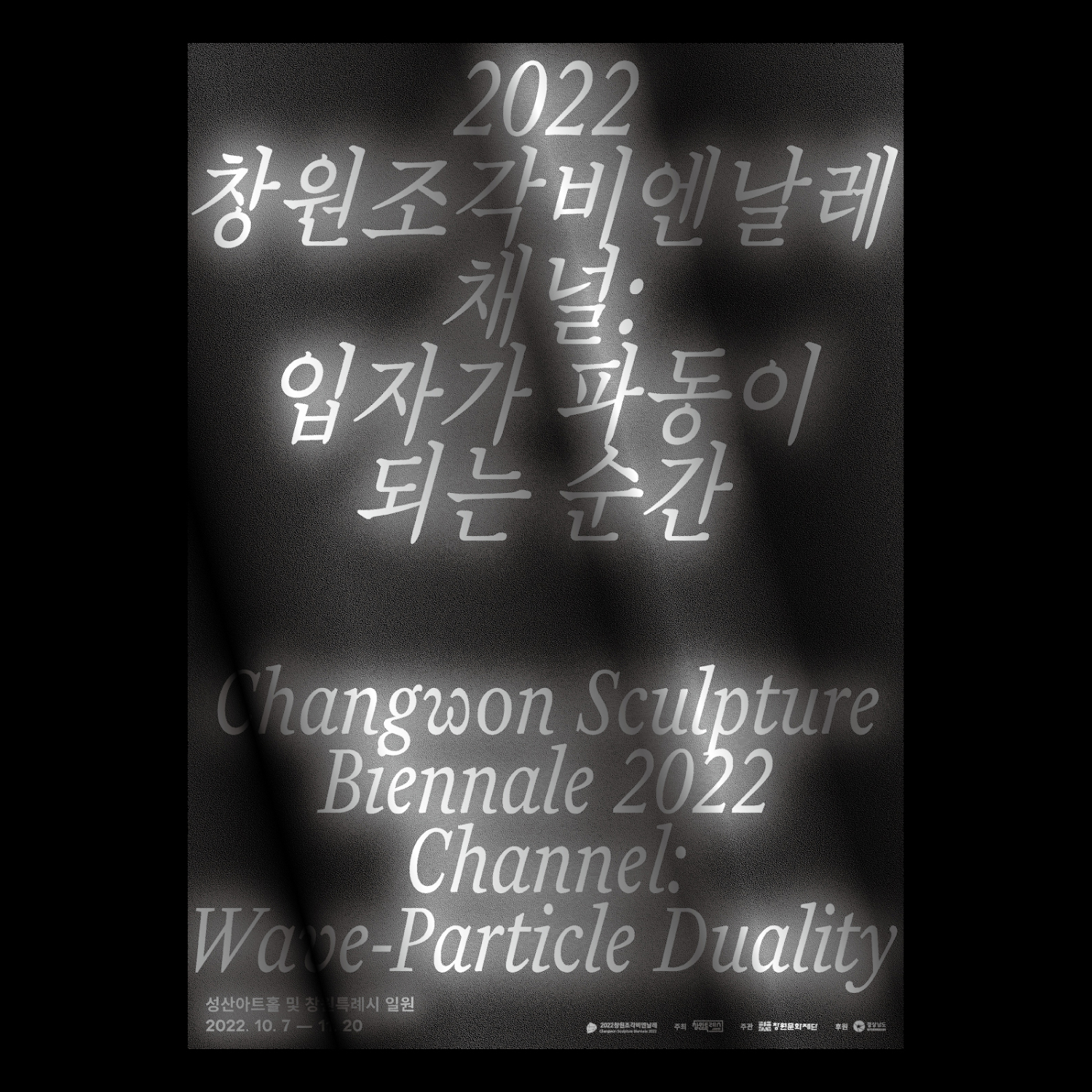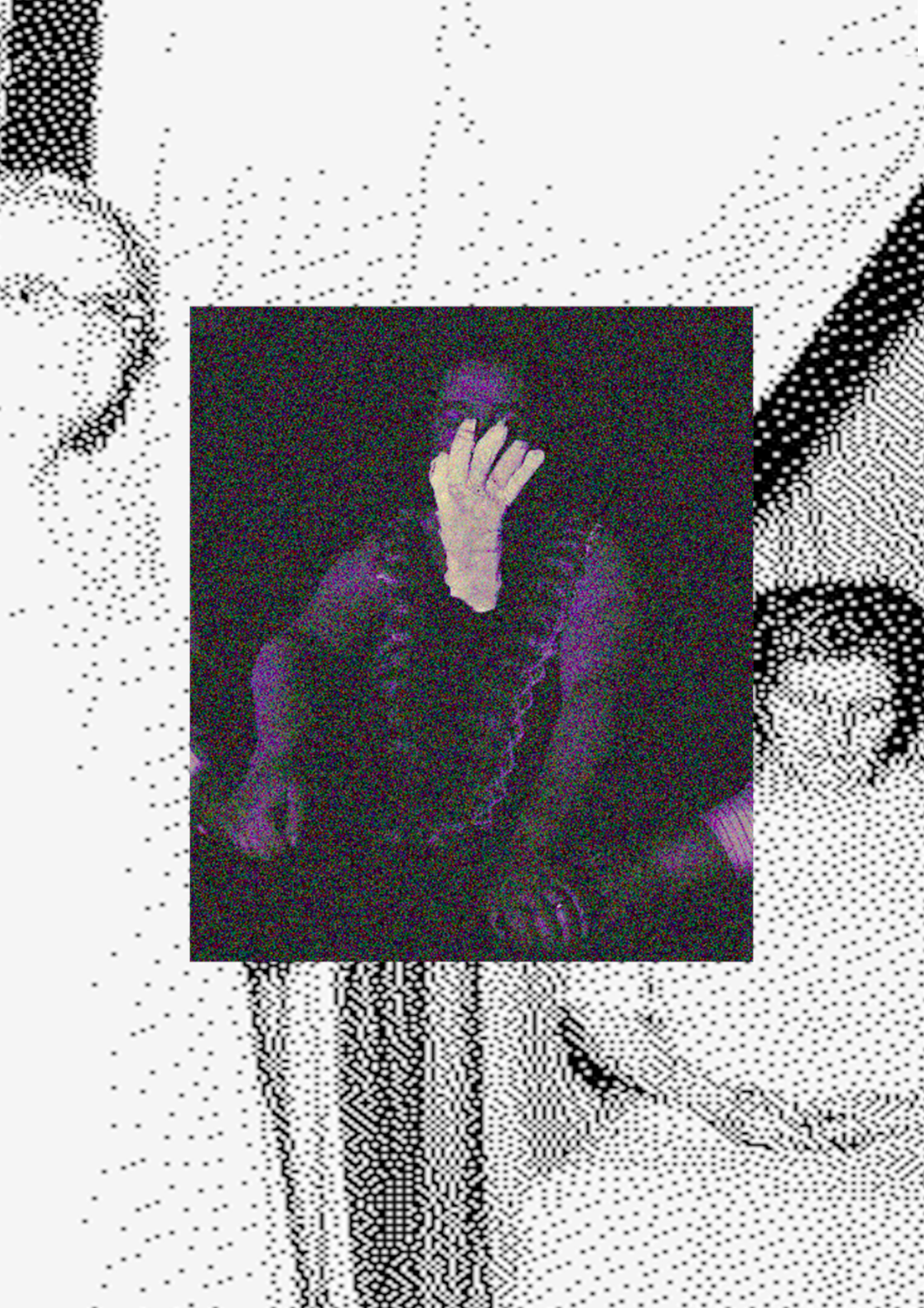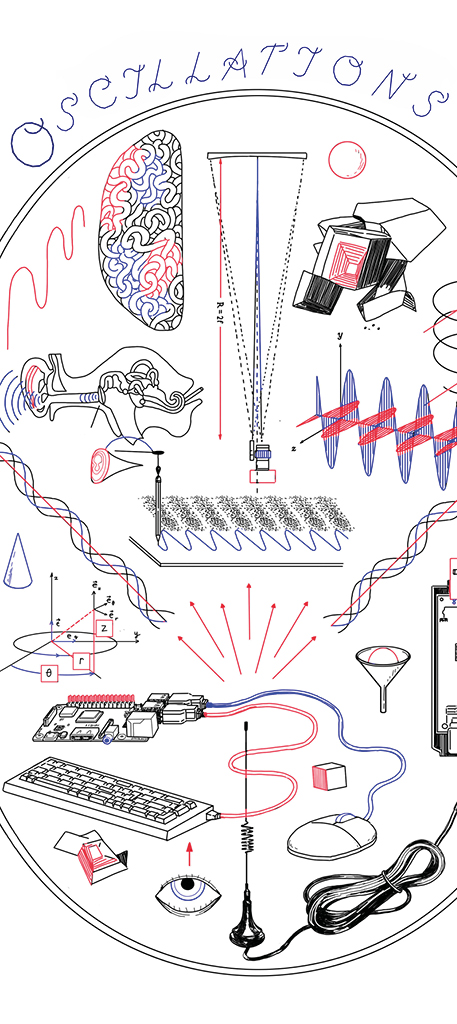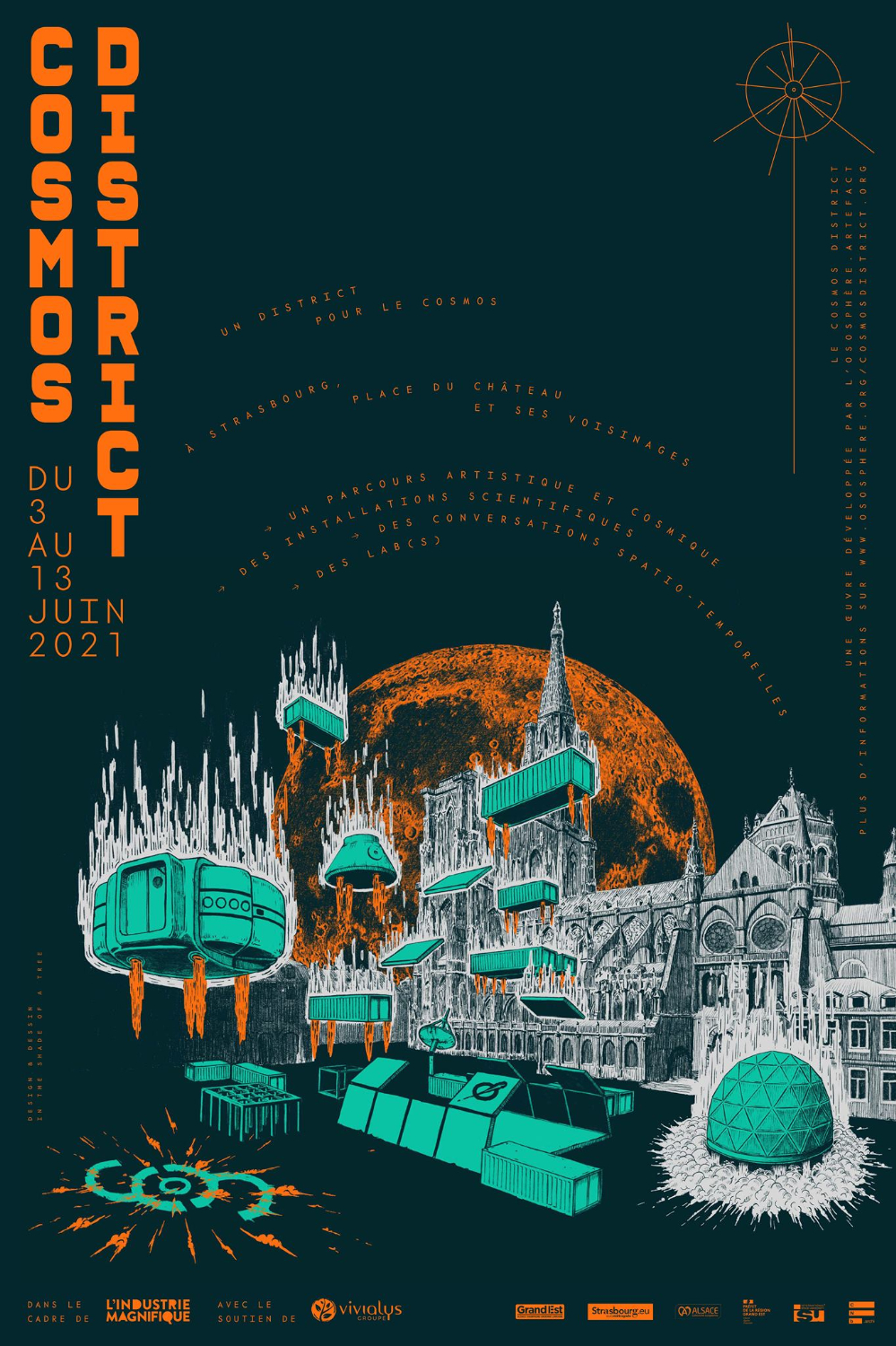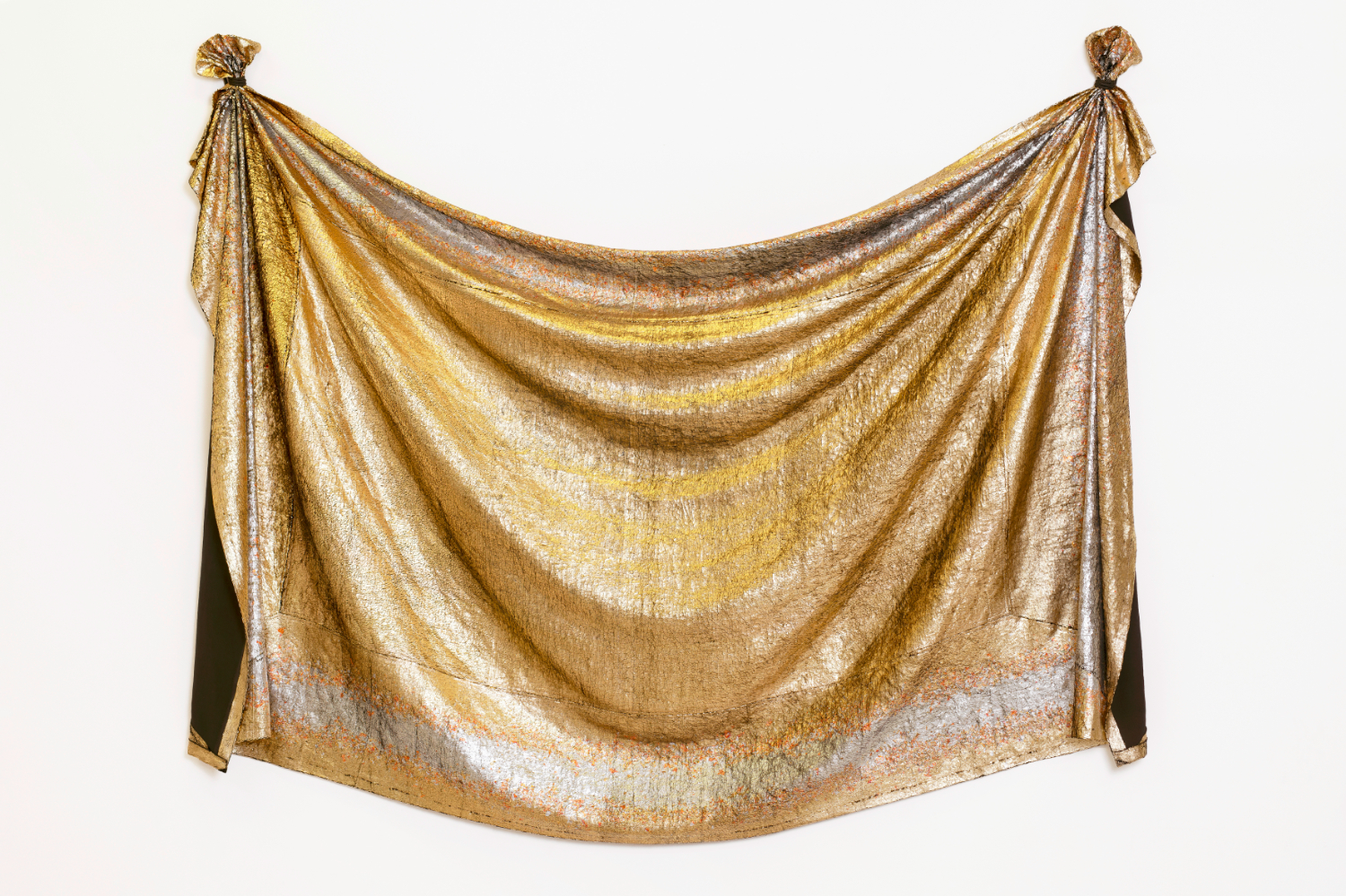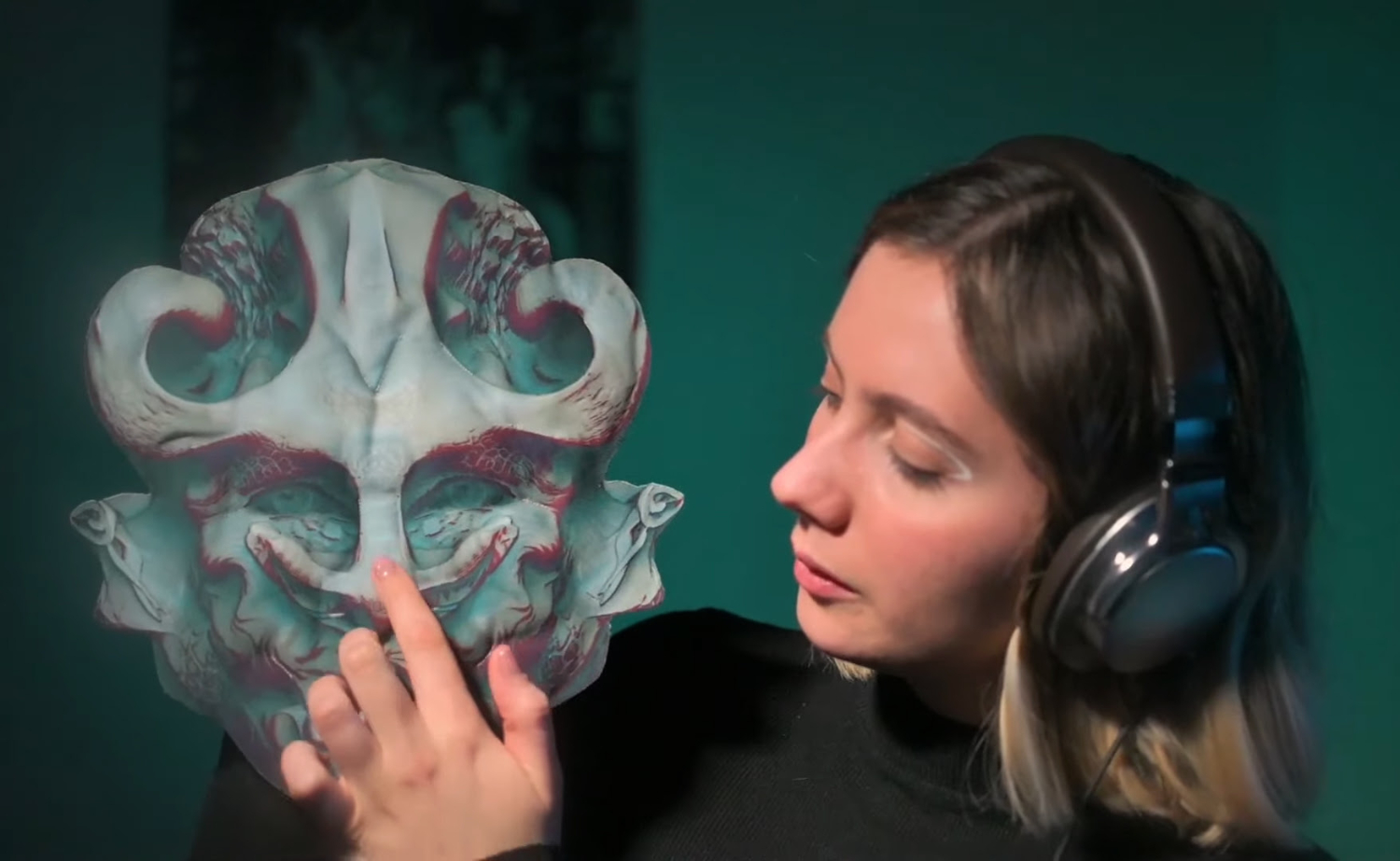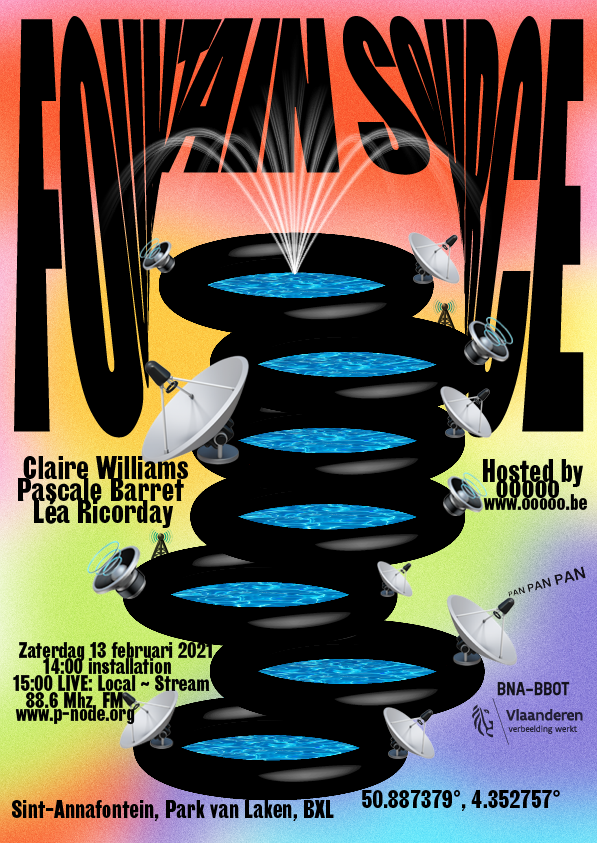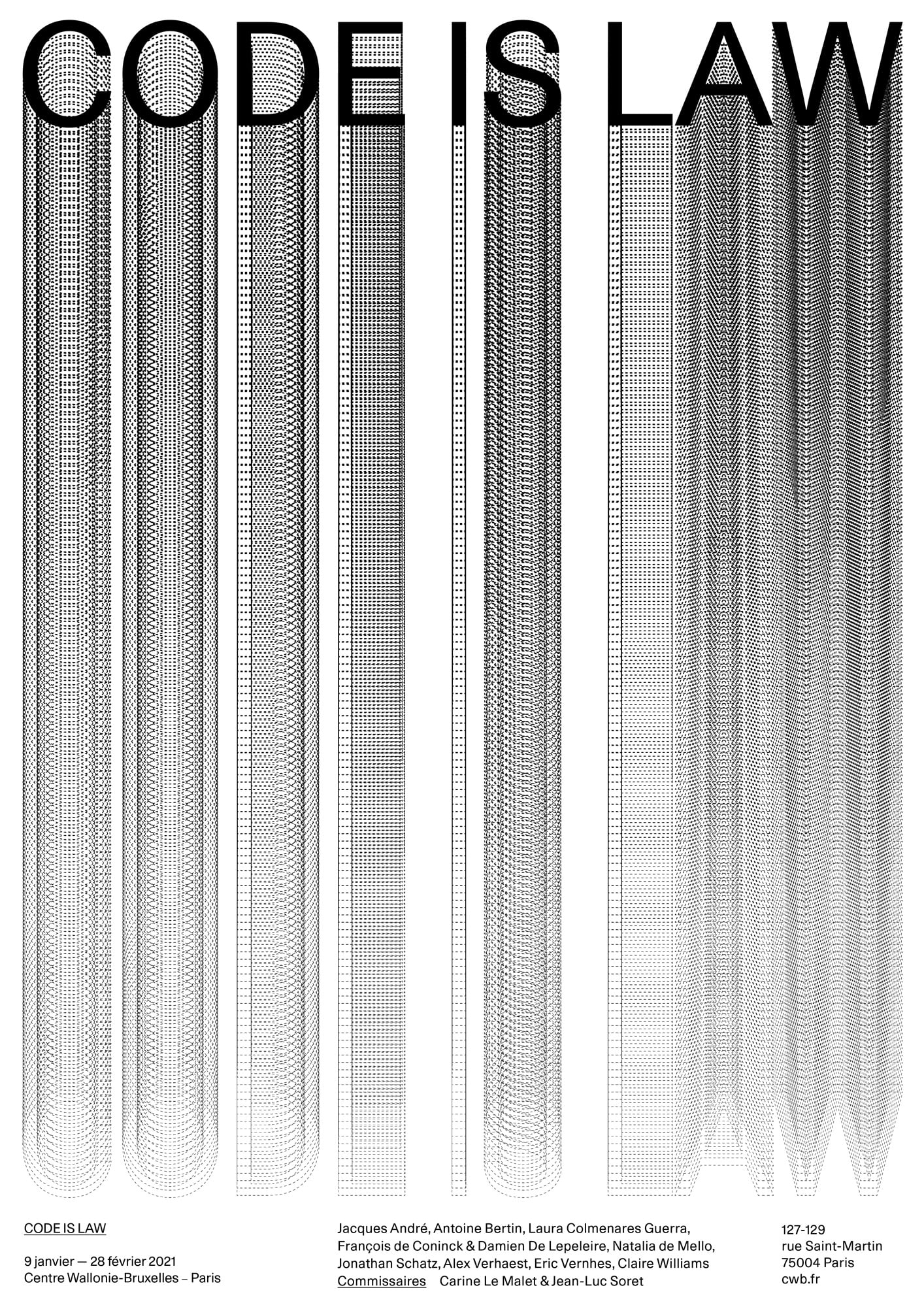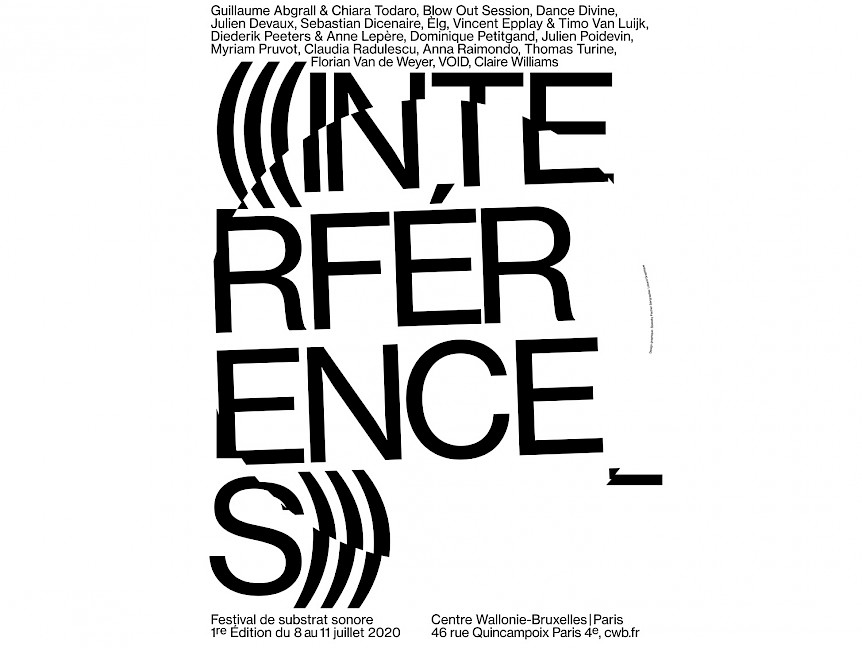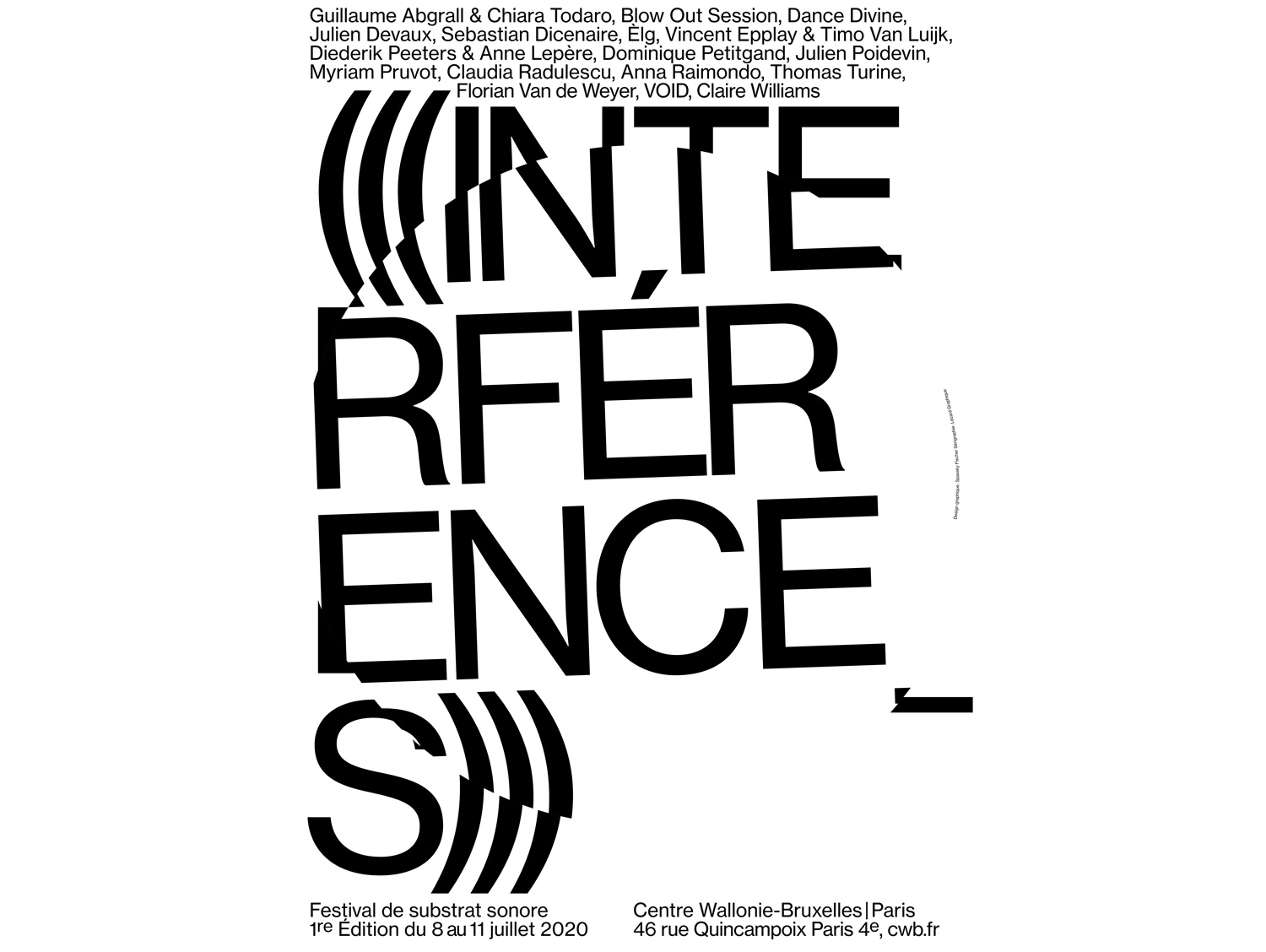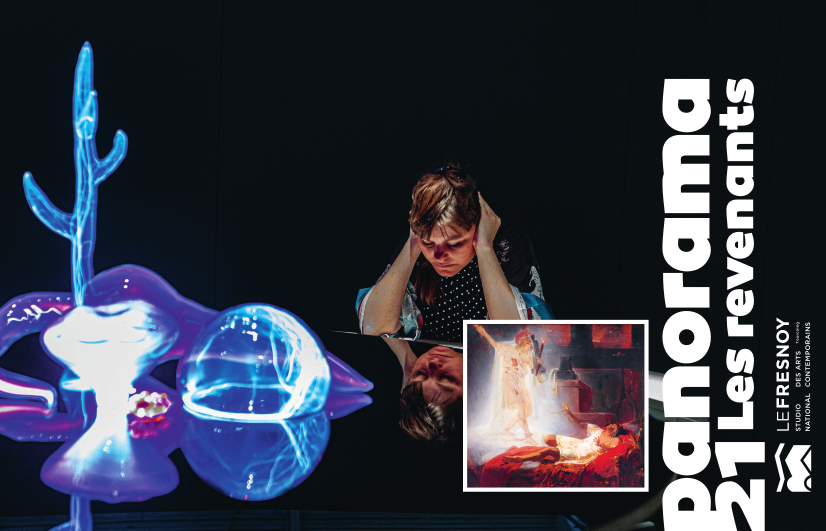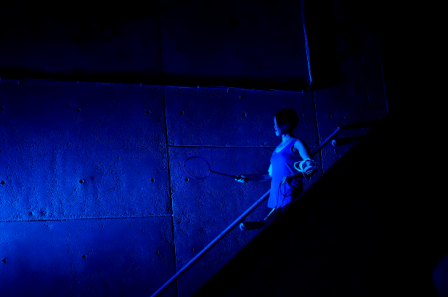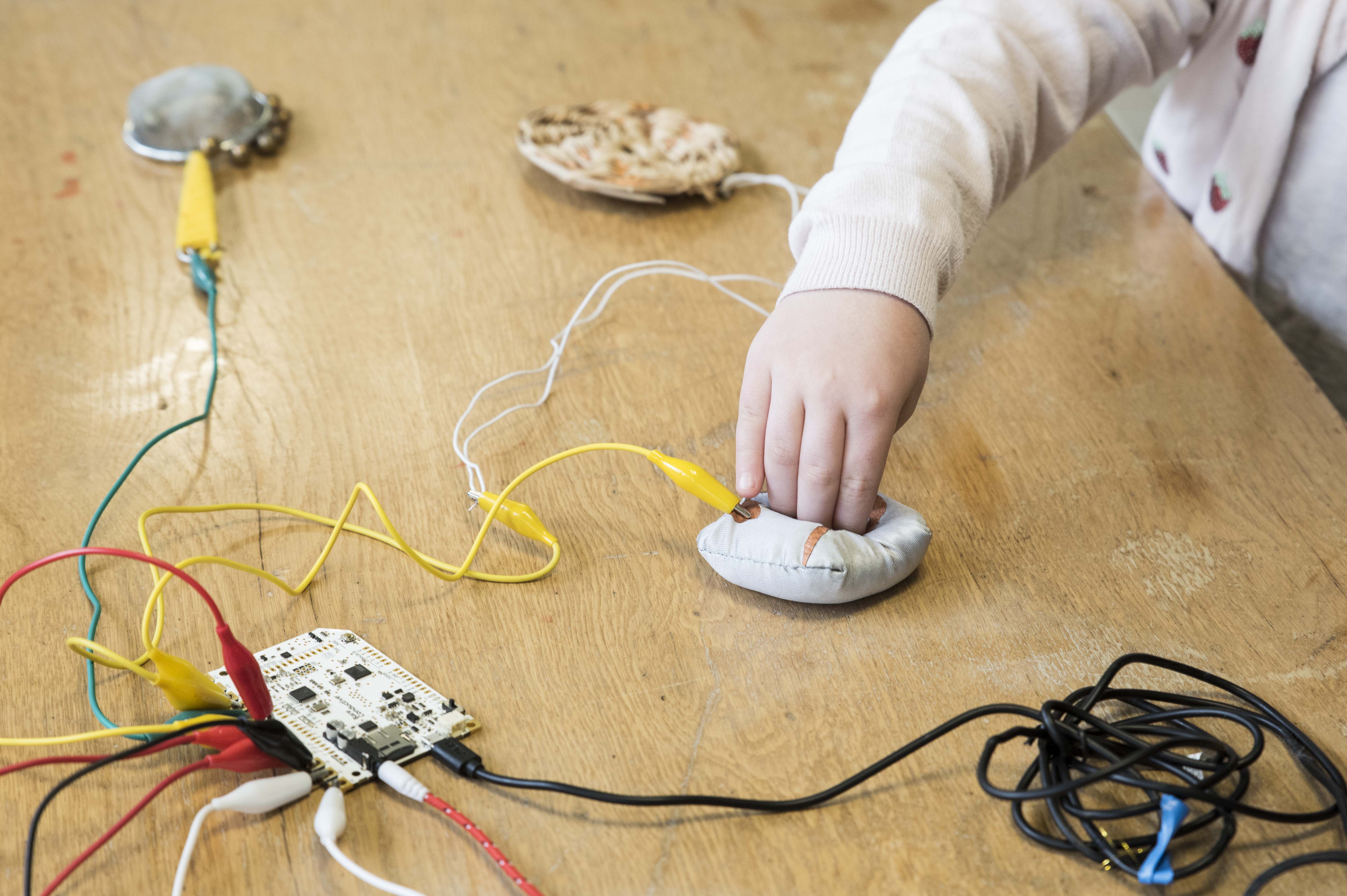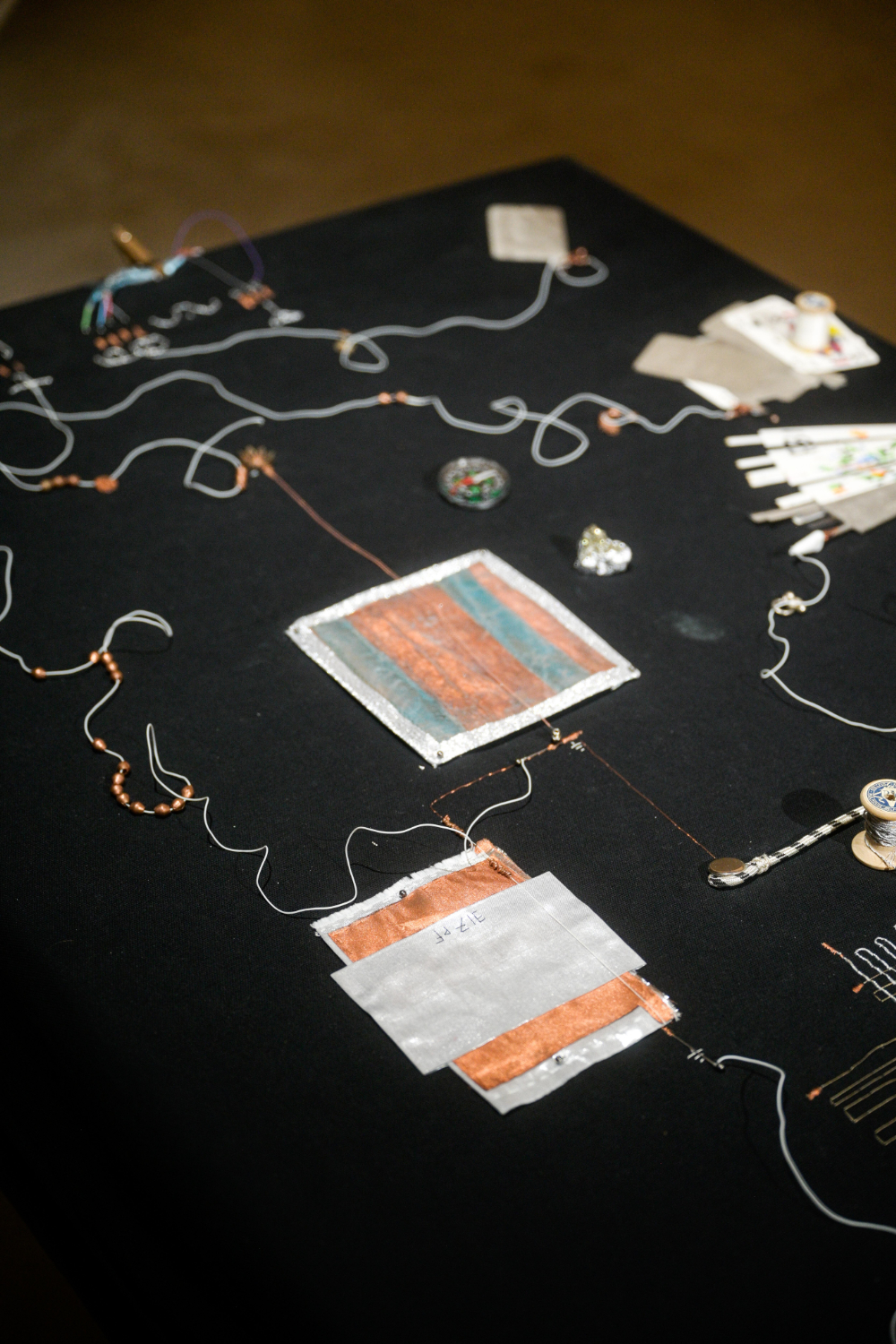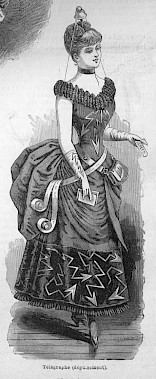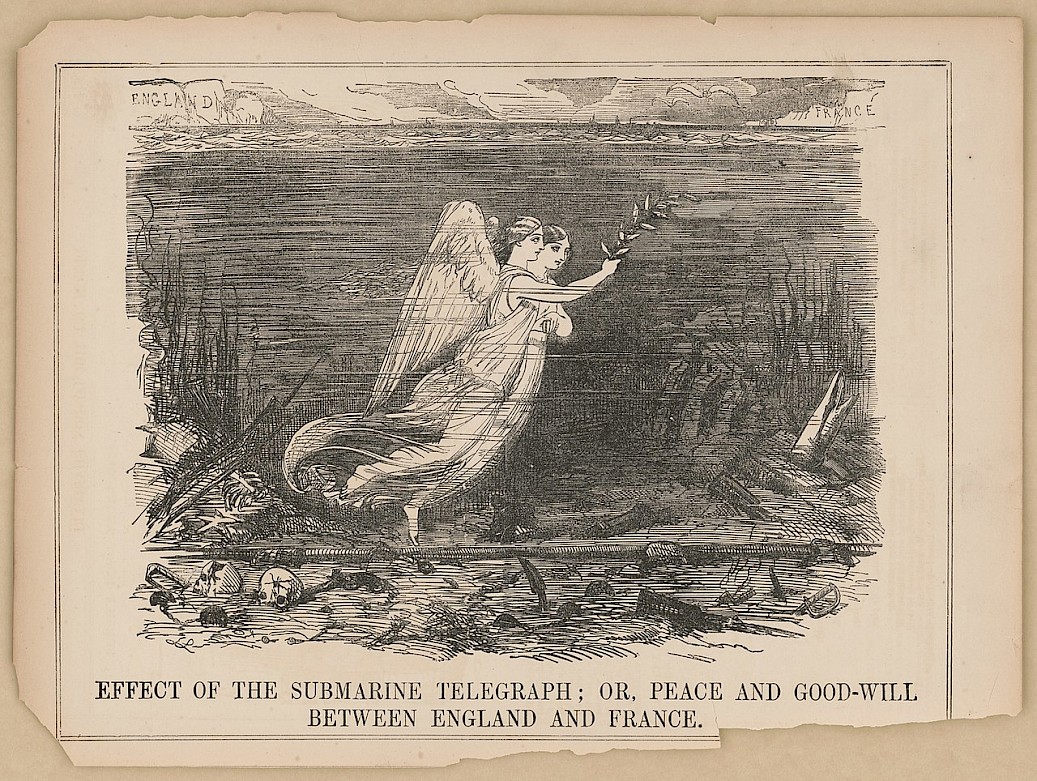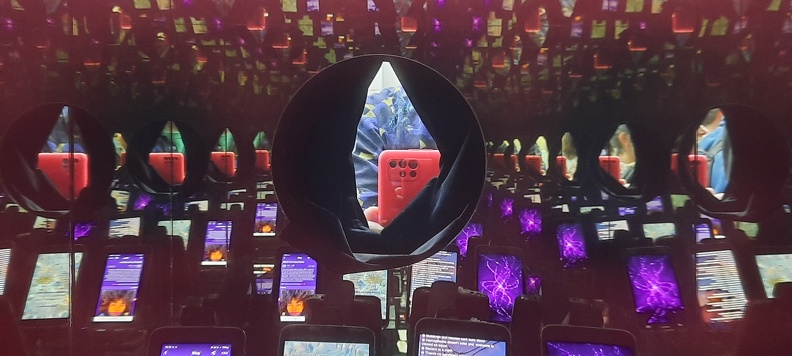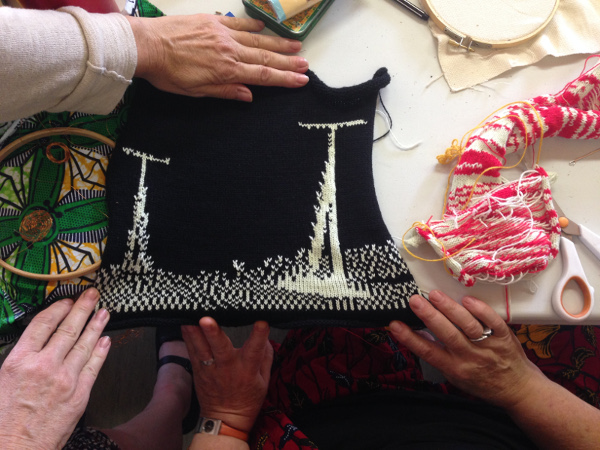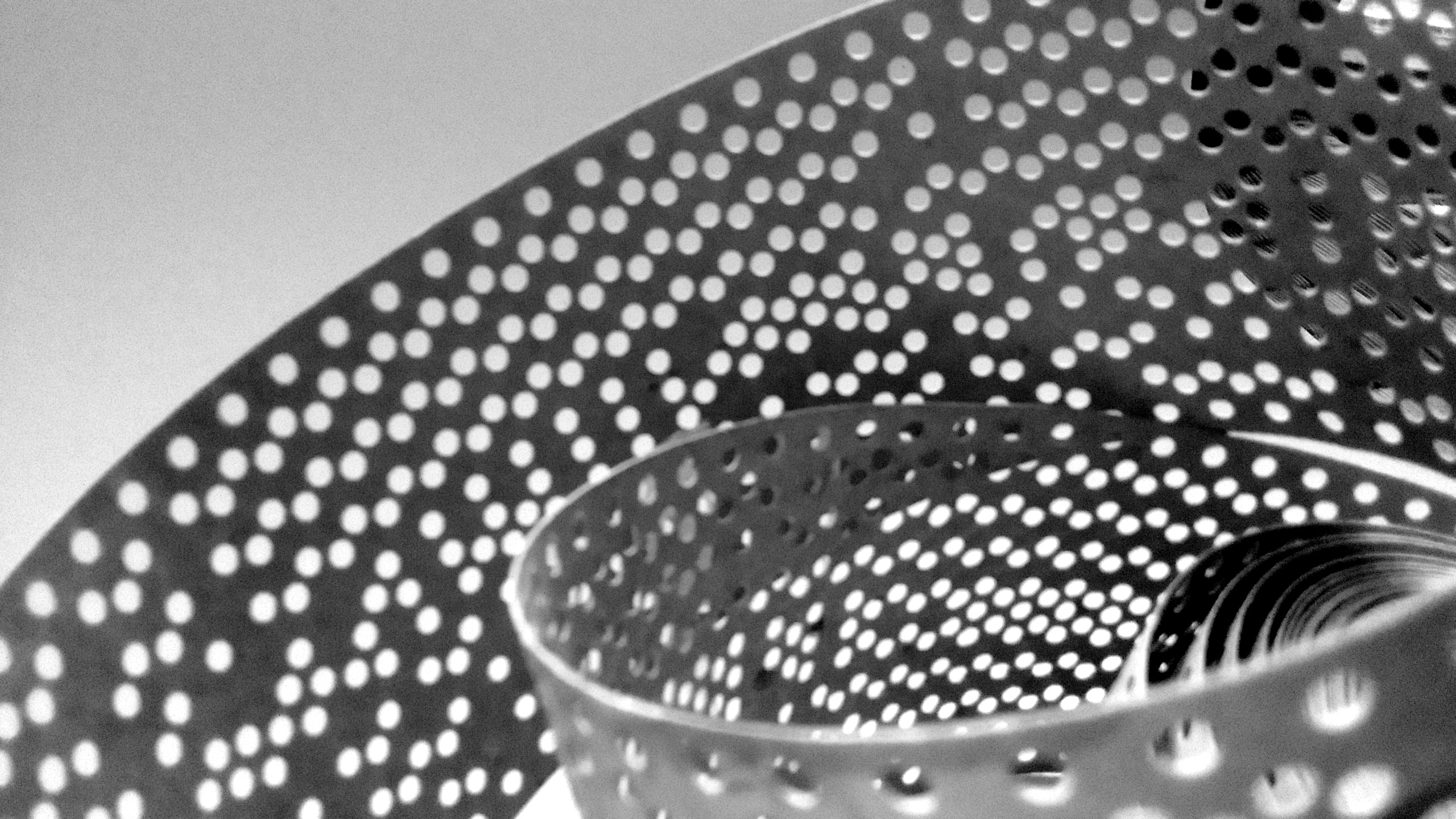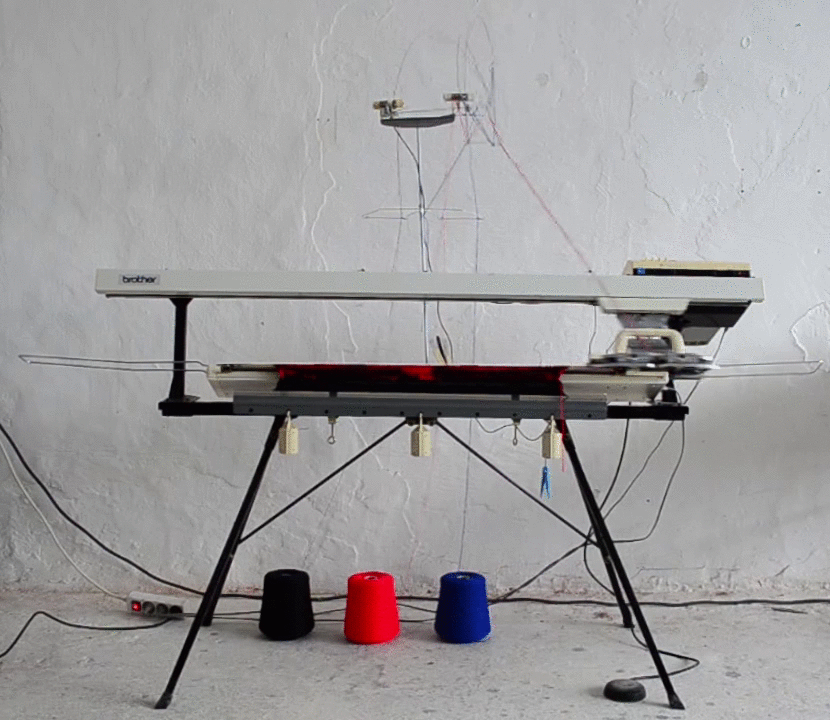Body/Machines
23/10/21
Weaving computers, 0's & 1's

The Analytical Engine weaves algebraic patterns just as the Jacquard loom weaves flowers and leaves. " Ada Lovelace notes, 1843
Textile as a memory, weaving codes and algorithmes. Wearing and living with the algebraic patterns.
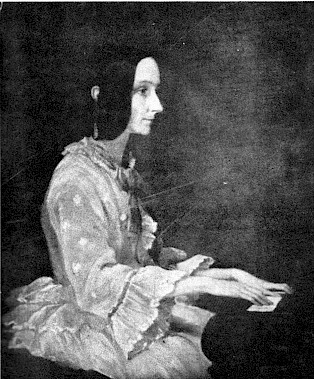
Lovelace, in her notes, demonstrated using diagrams ways for the engine to be used to make computations for practical and scientific purposes. Using her musical background she also surmised that, one day, such a machine could be used to compose music.
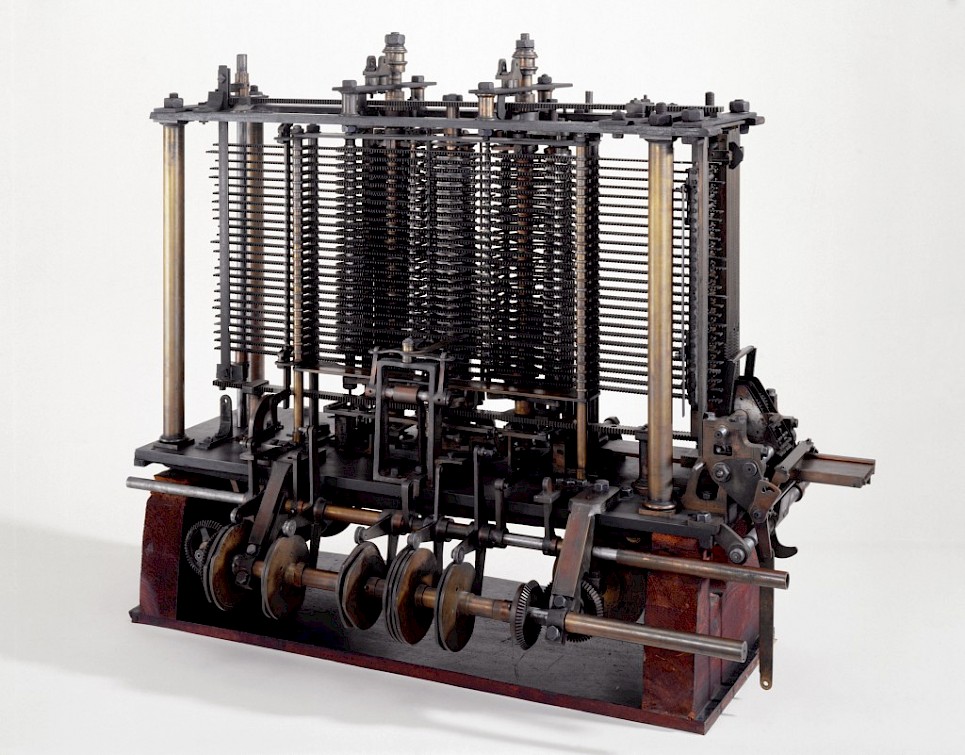
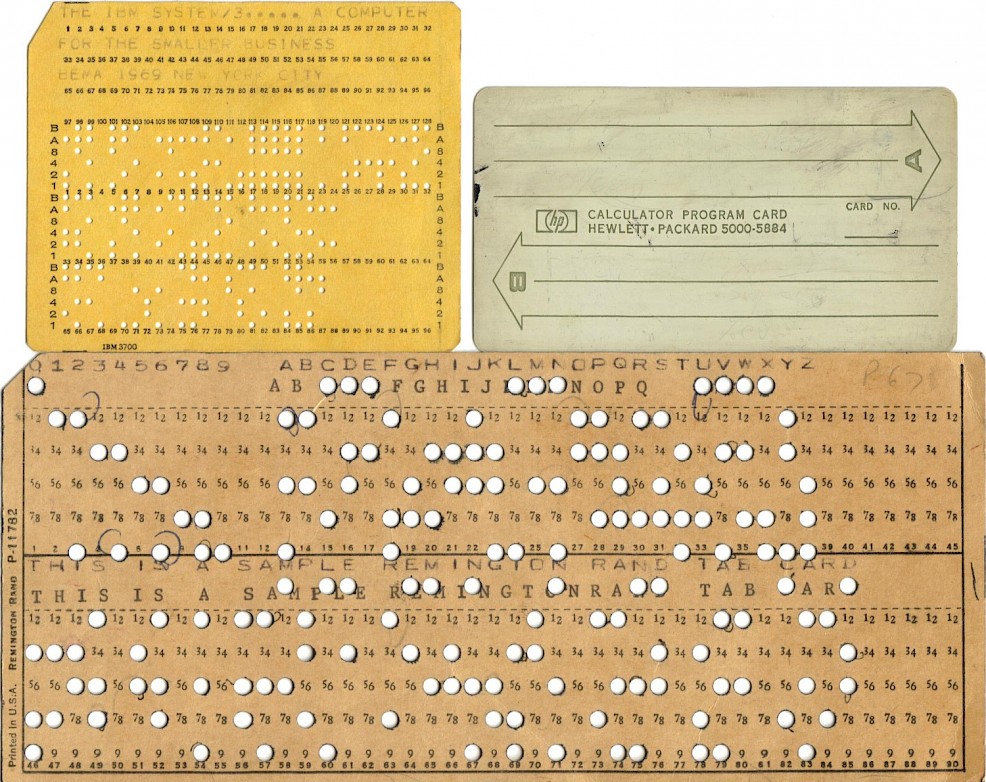
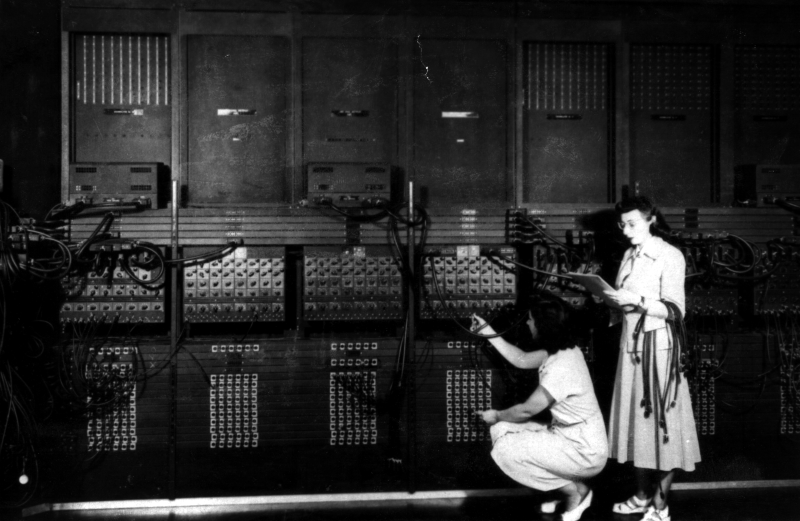
The term "computer", in use from the early 17th century meant "one who computes": a person performing mathematical calculations. Alan Turing described the "human computer" as someone who is "supposed to be following fixed rules; he has no authority to deviate from them in any detail." From the late 19th century, women were often used to undertake long and tedious calculations.
Between 1944 and 1955, six femalemathematicians, Kathleen Antonelli, Jean Bartik, Betty Holberton, Marlyn Meltzer, Frances Spence and Ruth Teitelbaum, were the first people to programme ENIAC for ballistic calculations. This involved identifying the different stages of the calculation and then physically wiring the machine. Behind the computer's apparent intelligence to the general public was the arduous and ground-breaking programming work of a team of six women, who themselves had previously worked as “computers."


"The Harvard Computers" was a team of women working as skilled workers to process astronomical data at the Harvard Observatory in Cambridge, Massachusetts, United States. The team was directed by Edward Charles Pickering (1877 to 1919) and, following his death in 1919, by Annie Jump Cannon.
"The women were challenged to make sense of these patterns by devising a scheme for sorting the stars into categories. Annie Jump Cannon's success at this activity made her famous in her own lifetime, and she produced a stellar classification system that is still in use today. Antonia Maury discerned in the spectra a way to assess the relative sizes of stars, and Henrietta Leavitt showed how the cyclic changes of certain variable stars could serve as distance markers in space."
Other computers in the team included Williamina Fleming and Florence Cushman. Although these women started primarily as calculators, they made significant contributions to astronomy, much of which they published in research articles.
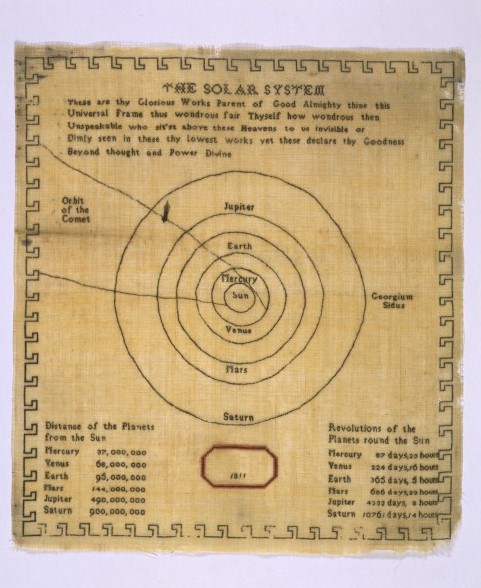
Mary Edwards (c. 1750 – September 1815) was a human computer for the British Nautical Almanac, She was one of 35 human computers who calculated the position of the Sun, Moon and planets at different times of day for annual nautical almanacs used for navigation at sea.

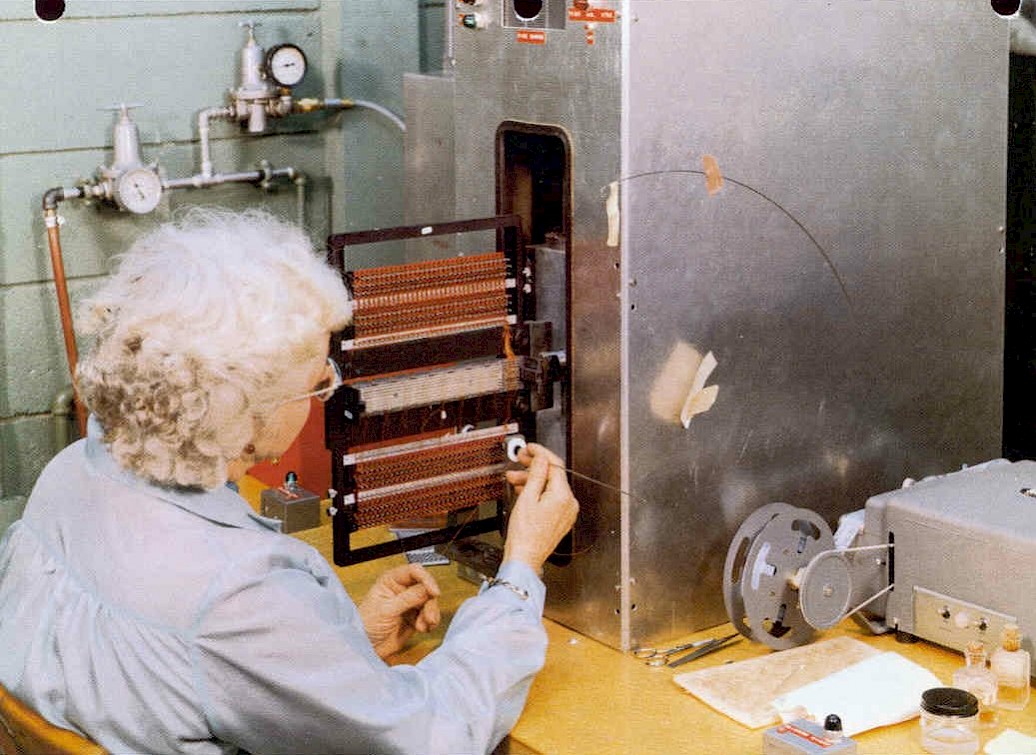
In the 1960’s, Apollo mission to land on the moon needed a backup program that would not erase it’s memory in case of a power cut. The space and size was extremely limited. They created a system named rope memory to hardwire their computer programs that consisted in weaving very delicately a software through wire ropes to create 0’s and 1’s. These tiny copper wires woven into a compact textile allowed NASA ton store all the data needed for a space flight. It took months to create just one program.
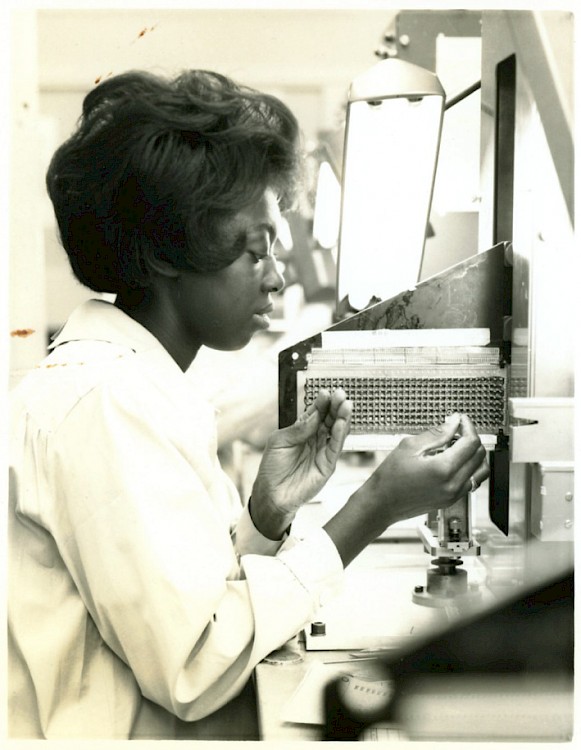
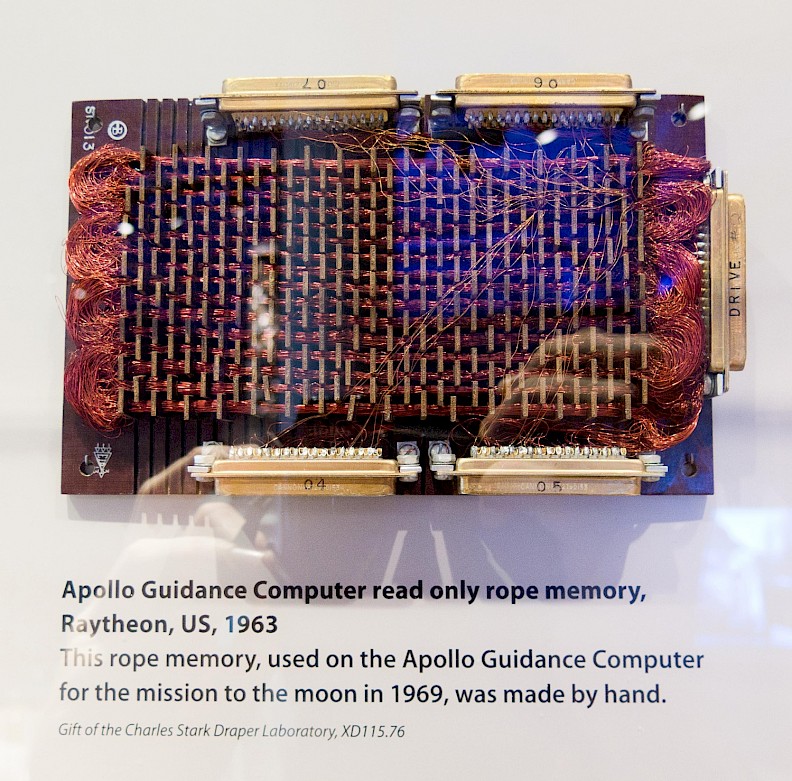
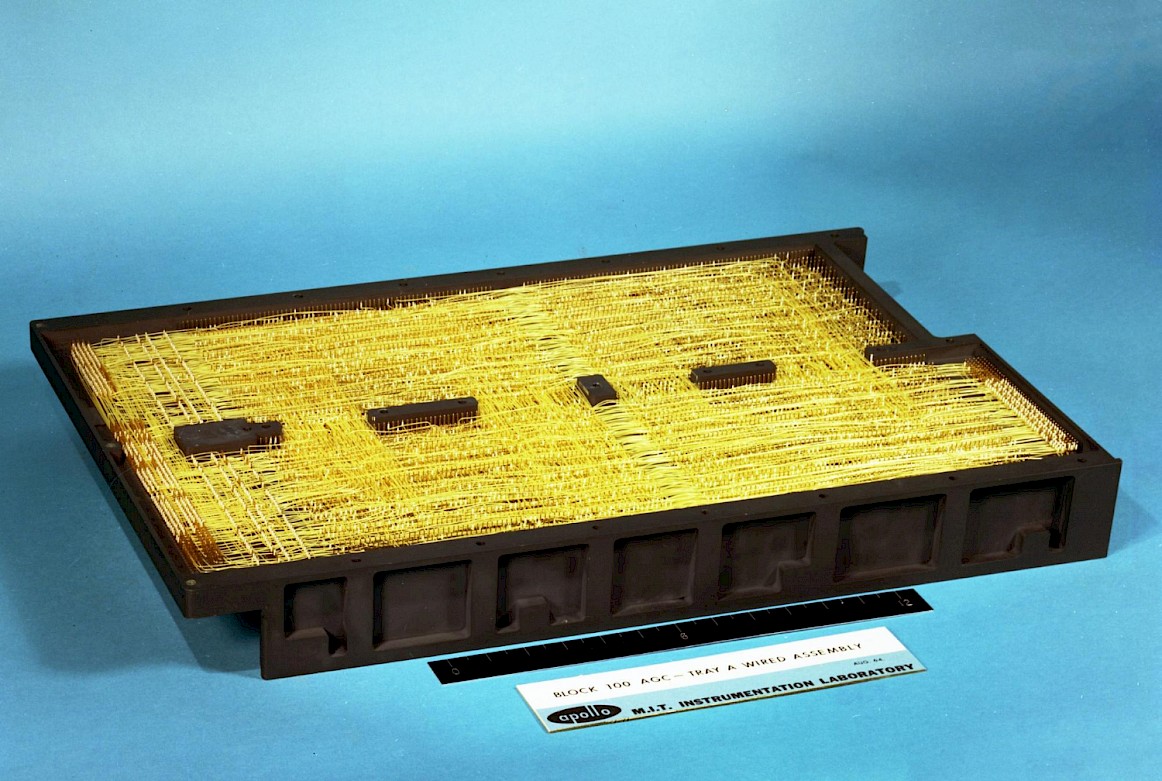
The transmitters: voices, codes and electric signals to communicate through wires and the Ether.
Bodies operating machines or machines operating bodies. With the arrival of messages through the 1st telegraphe lines (1840), they would be decoded from morse electric signals into alphabetical messages. These messages were travelling through vast distances in minutes rather than days, creating a direct communication that was manually networked by women being "the operators" inside an expanding network of cables and eventually across the Atlantic ocean.
From electric buzzers to electrified voices

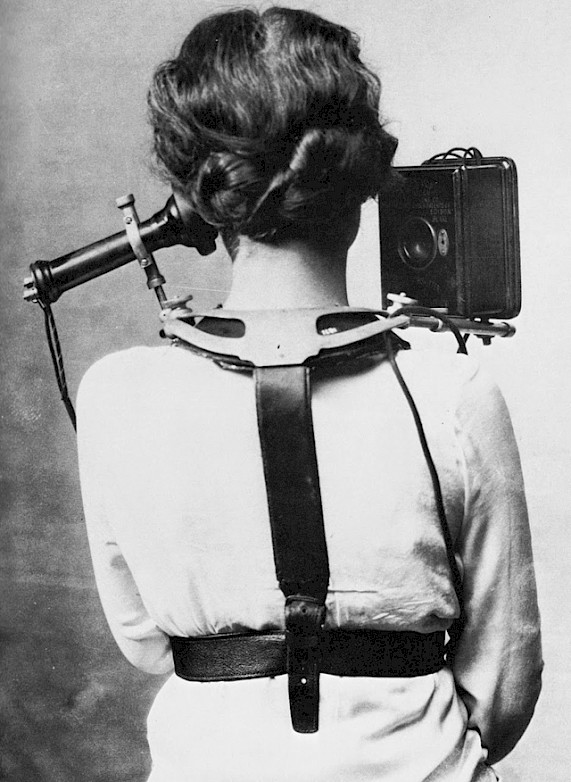
Telecommunications were defeating time and space, extending our voices, they became electrical, passing thoughts ear to ear , blending with electric energies and noises with the arrival of the telephone.
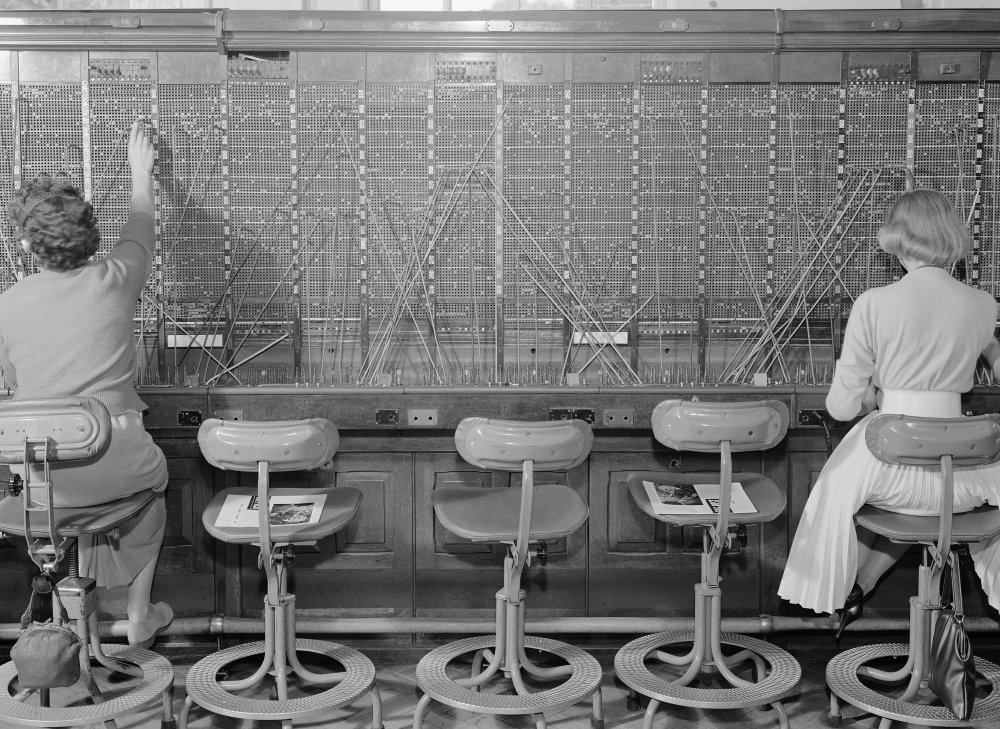
"The board was a vast expanse of eyes, with, at the base, a dozen or so pairs of plugs on cords for connecting and an equal number of keys for talking, listening, and ringing. On a busy day these cords were woven across the board in a constantly changing, confusing pattern (...) " Dorothy Johnson
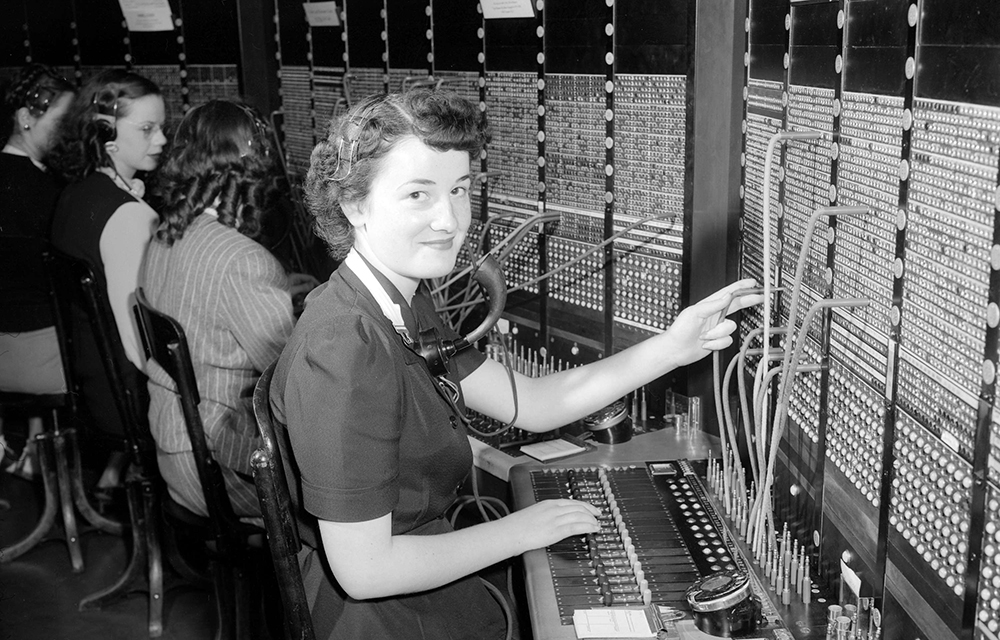
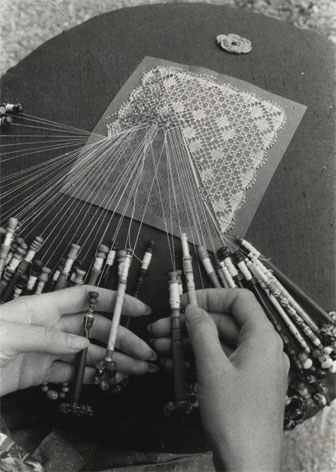
Becoming an antenna
The advent of the spiritualist movement rose at the mid 19th century. As the earth was being wired with hard cables in order to create a vast messaging network, mediums were also working on their own devices. These devices didn't need power supplies or hard circuitry the work, as they were harvesting directly energy through fluids and forces in the invisible ether. Their bodies were practicing to expand their senses beyond the ordinary, the body becomes the antenna, the trans-coder, emitter and receiver. Before the invention of wireless telecommunications and radio, mediums channeled with other worlds becoming an interface between the living and the dead, the extraterrestrial and terrestrial. They would transcribe or invite hosts to directly manifest in seances to deliver messages to families or people who wanted to understand these occult technologies.

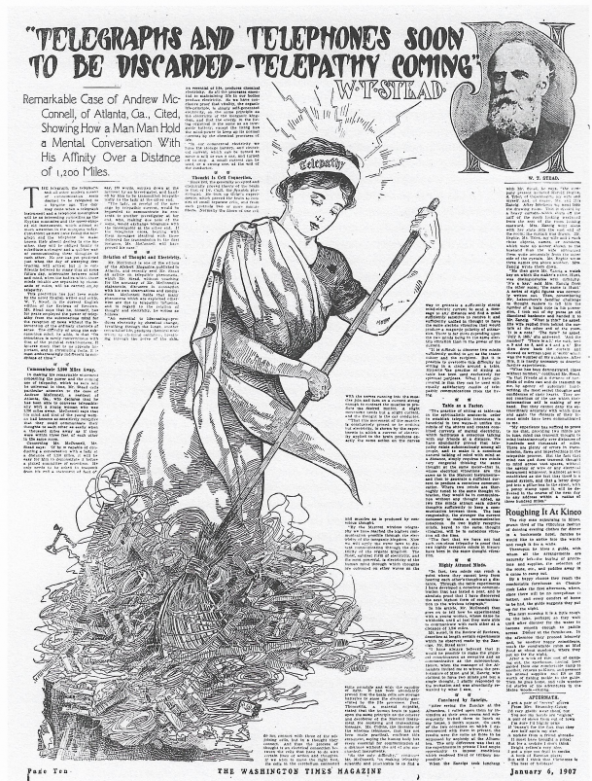
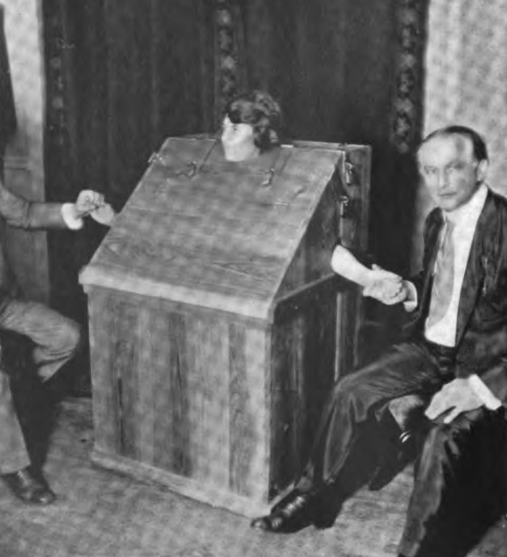
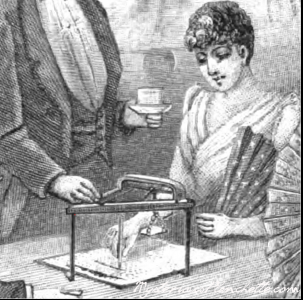

The mediums of the mid 19th century used their their “sensitive body's” to act as a sort of telegraph machine which largely improved the communication and delivered clearer messages from the spirit, to the living world. These mediums designed different re-transcription systems with automatic handwriting, coded alphabets systems creating interactive tactile interfaces. Entrepreneurs wanted to sell spirit communication devices to the general population by developing these devices. They took the form of planchettas or Ouija boards. The most sophisticated device was probably the celestial telegraph commercialized by Pease in 1854.

Wirlesse telecommunications
With the invention of radio, arrived in the era of wirlesse communication. Disincarnated voices and messages were floating in the ether, through the invisible waves in air, recieved on the other end by an antenna and a circuit that would demodulate invisbly one out of the many voices into speech or music.
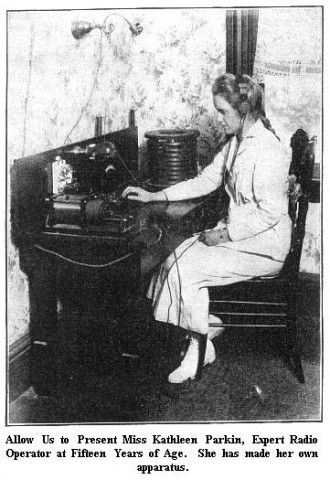


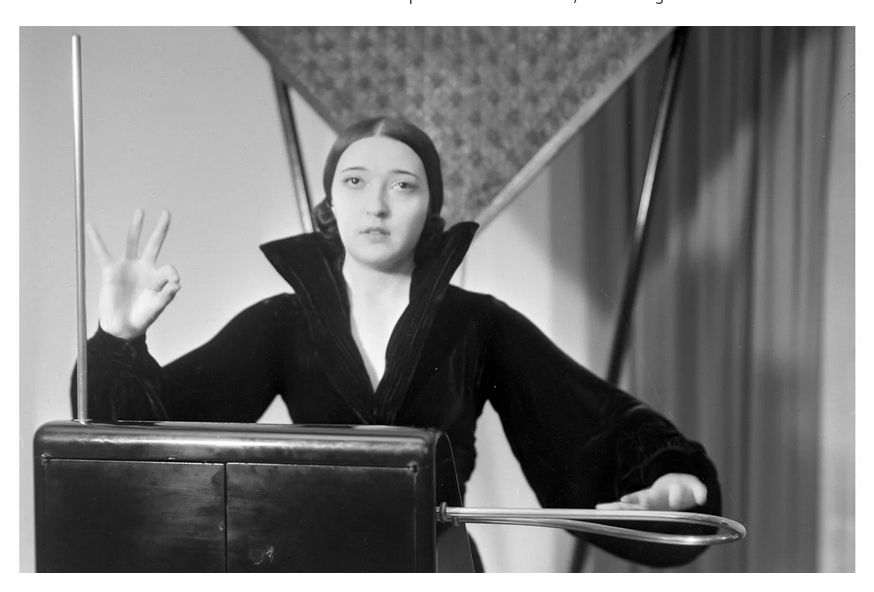
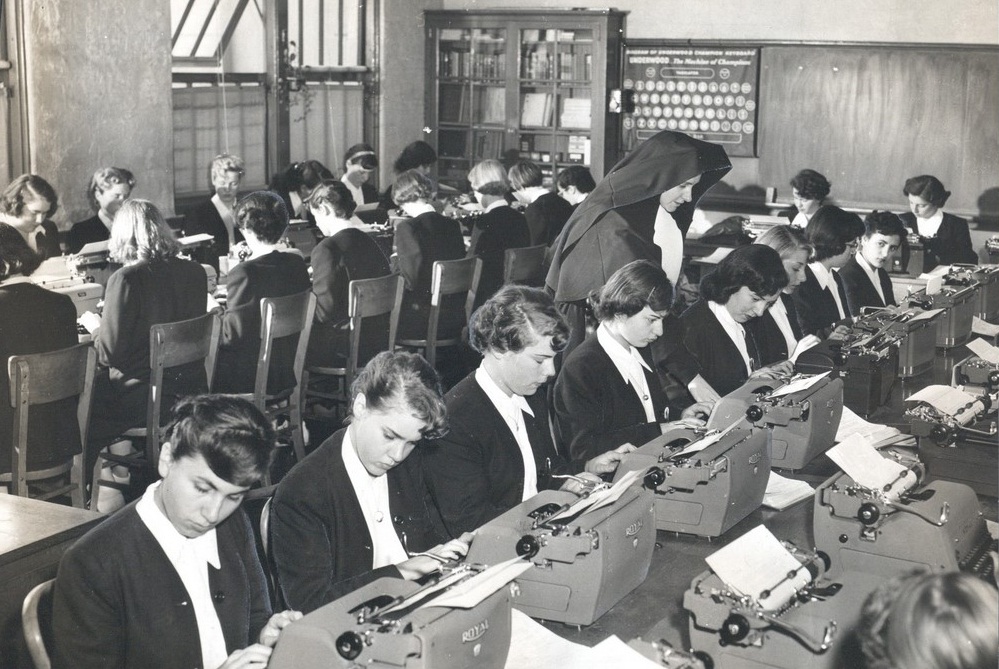
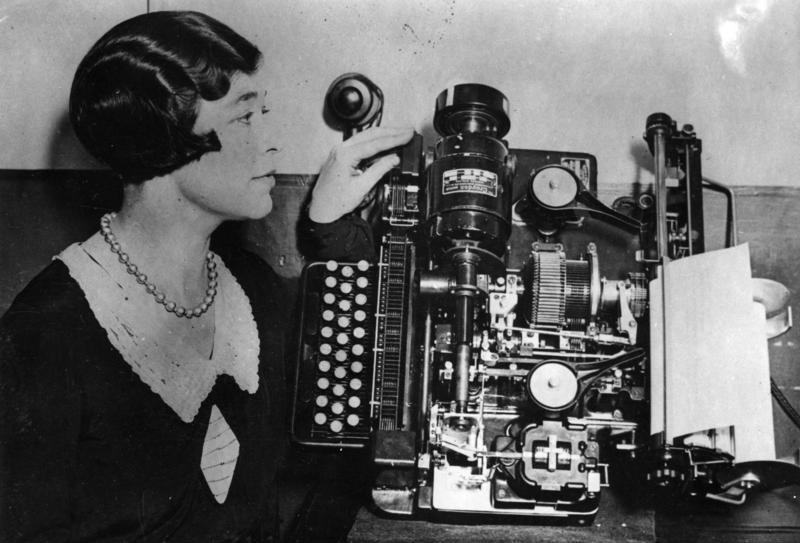
The electronic computer was to replace the hundreds of human computers behind the ENIAC and make the calculating process faster and more efficient. Women got promoted from "human computers" to "machine operators."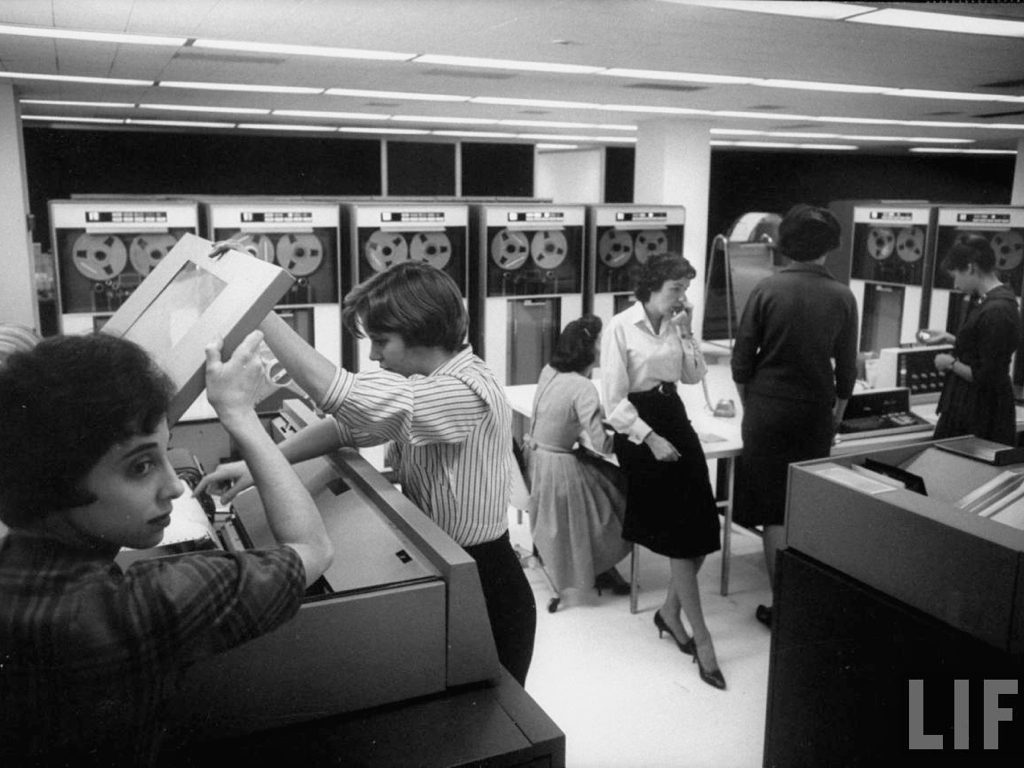

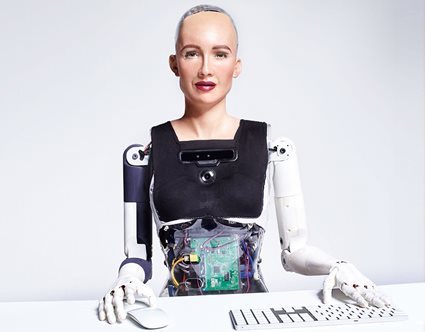
Taught by humans, Sophia can move, talk, show some emotions, draw, and sing.
